East Meets West: A Fusion of Oriental Influences in Global Design and Culture

A recent exploration into the world of design and culture reveals a significant and growing influence of Oriental aesthetics across various global platforms. From high fashion streetwear to architectural marvels and fine art auctions, the distinctive elements of Eastern design are captivating international audiences and reshaping contemporary trends.
Key Takeaways
- Oriental design elements are increasingly integrated into global fashion, architecture, and art.
- This fusion often blends traditional Eastern philosophies with modern Western sensibilities.
- The appeal lies in the unique aesthetic, cultural depth, and subjective interpretation of beauty.
Fashion Forward: BAPE's Global Domination
The Japanese streetwear brand A Bathing Ape (BAPE), founded by Nigo in 1993, exemplifies the global reach of Asian style. With its distinctive designs, BAPE has transcended continental boundaries, establishing a significant presence in Europe and the United States. The brand's success is attributed to its contemporary and futuristic aesthetic, which prioritizes bold statements and artistic expression over conventional silhouettes. BAPE's flagship store in Paris, adorned with white marble and showcasing vibrant designs, serves as a testament to the successful integration of Oriental and Occidental cultures in high fashion.
Architectural Harmony: Traditional Medicine Clinic in Taipei
In Taipei, the renovation of a 30-year-old clinic by Moyadesign into a traditional Oriental pharmacy and clinic highlights the seamless blend of tradition and modernity. The design preserves the classic elements, such as antique wooden shelves and counters, while introducing sophisticated touches like a white marble counter for hospitality. The aim is to make Oriental medicine feel accessible and approachable, akin to selecting cosmetics, by renewing the visual image with updated logos and packaging.
Interior Design: An Eclectic Taipei Residence
A Taipei home designed by Wei Yi International Design Associates showcases an eclectic approach to interior design, drawing inspiration from both Eastern and Western philosophies. The space features a dynamic interplay of box-like and plane-like structures, influenced by Gerrit Thomas Rietveld's minimalist designs. Large, bowl-like features on the ceiling, coated with a special finish for an Oriental effect, serve as both art installations and light fittings. The designers explain that the straight lines of boxes represent Western rationalism, while the round bowls symbolize the Oriental humanistic spirit, creating a harmonious dialogue between cultures.
Art Market: Oriental Classics at Auction
The enduring appeal of Oriental art is evident in high-profile auctions. Bonhams, for instance, has featured extensive collections of Orientalist art from the 19th and 20th centuries, sourced from private collections in America and Europe. Masterpieces by artists like Arthur von Ferraris, Edwin Lord Weeks, and Rudolf Ernst, depicting scenes from Cairo and India, have commanded significant attention and value. These works are celebrated for their detailed portrayals of culture, architecture, and textiles, capturing the romance and beauty of the East through a Western lens.
Oriental Influences in Design and Culture
- From the Oriental streetstyle to the BAPE's Parisian success, nss magazine.
- moyadesign renovates 50-year-old building in taipei into traditional medicine clinic, Designboom.
-
House Tour: Endless spatial configurations are possible in this eclectic home in Taipei - Home &
Decor Singapore, Home & Decor Singapore. - Oriental classics under the hammer at Bonhams - eb247 - The Business of Life - Entertainment, Emirates24|7.

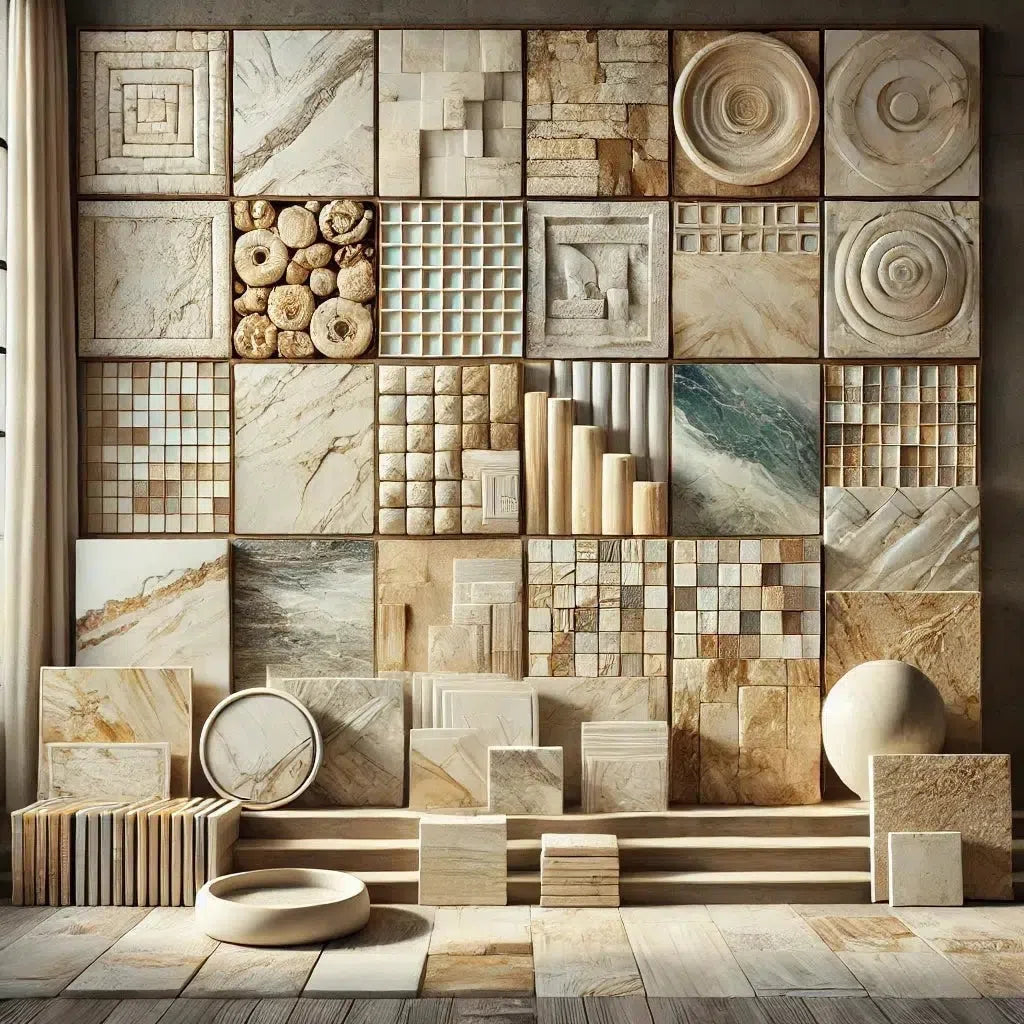 Best Selling Marble Collections
Best Selling Marble Collections
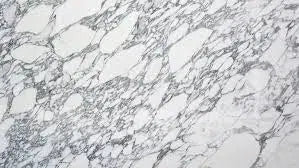 Arabescato Corchia
Arabescato Corchia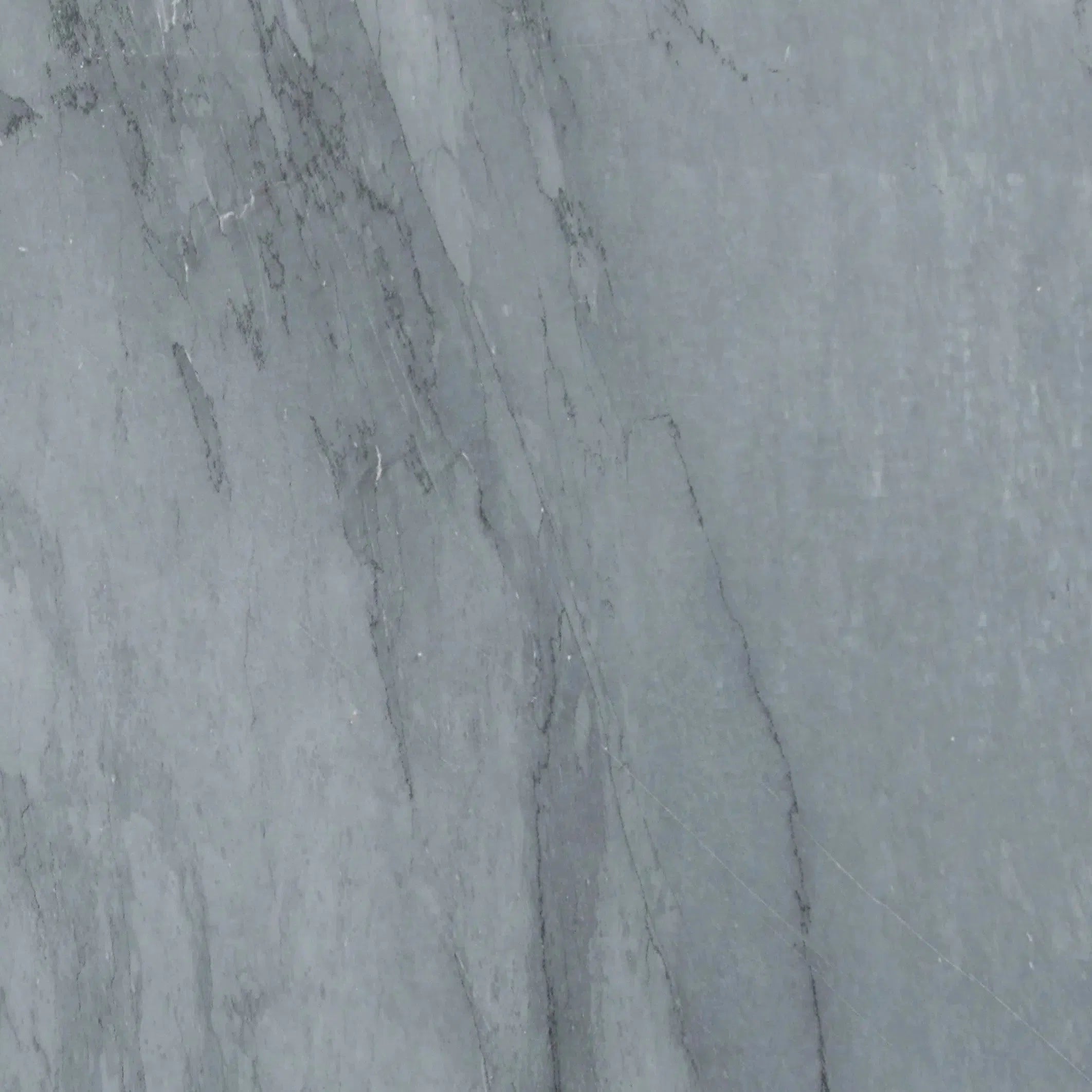 Bardiglio
Bardiglio Bianco Dolomite
Bianco Dolomite 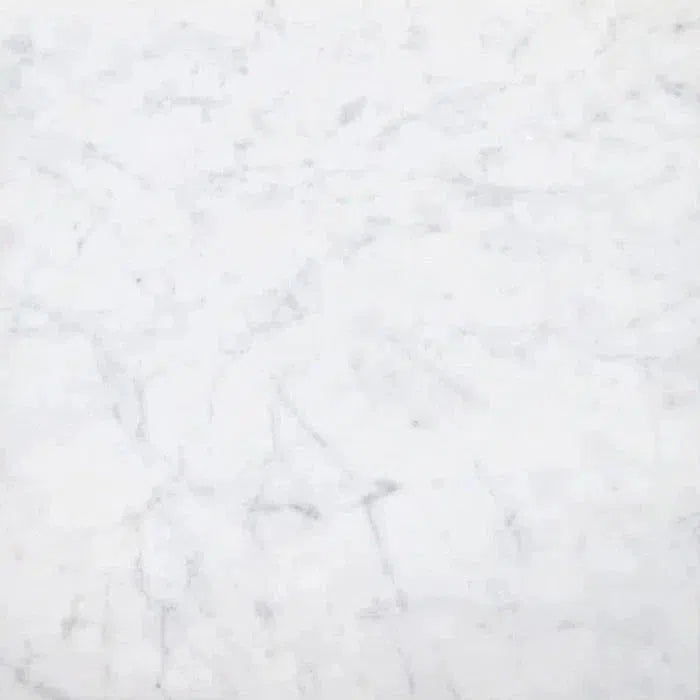 Carrara White
Carrara White 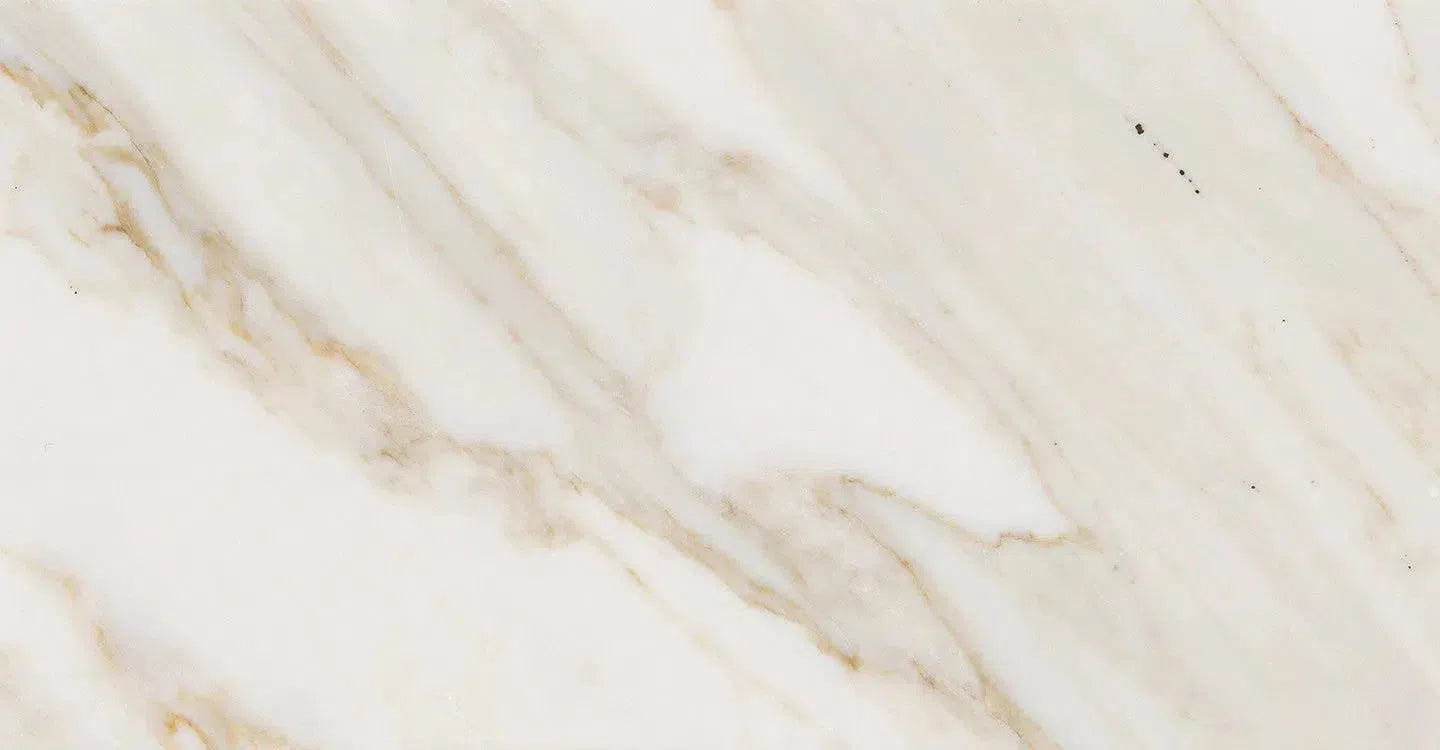 Calacatta Gold
Calacatta Gold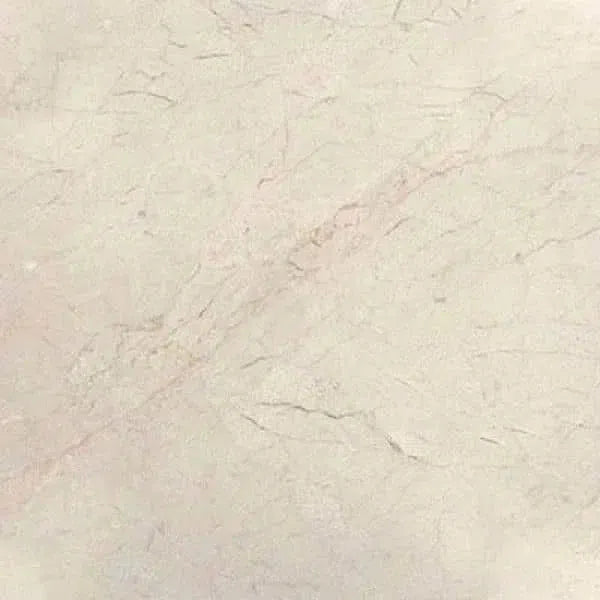 Crema Marfil
Crema Marfil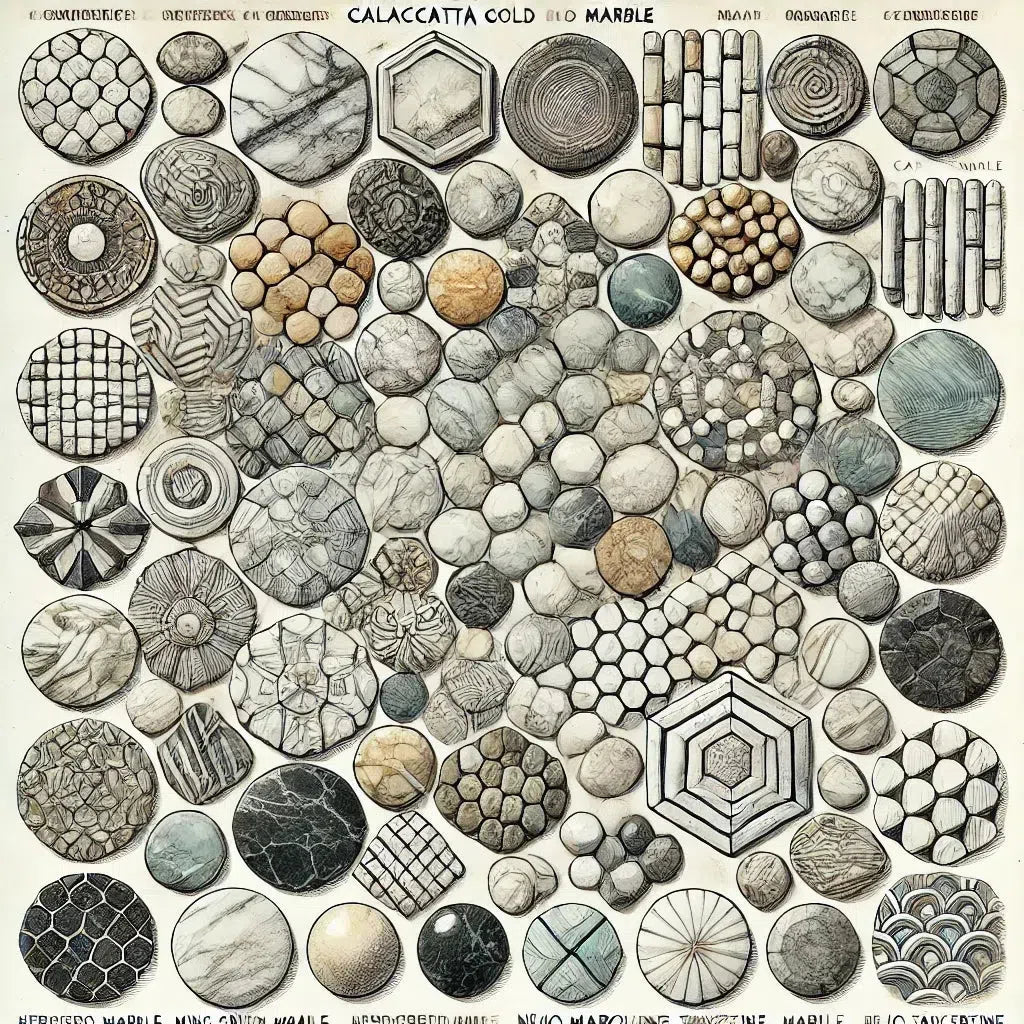 Custom Made Mosaic
Custom Made Mosaic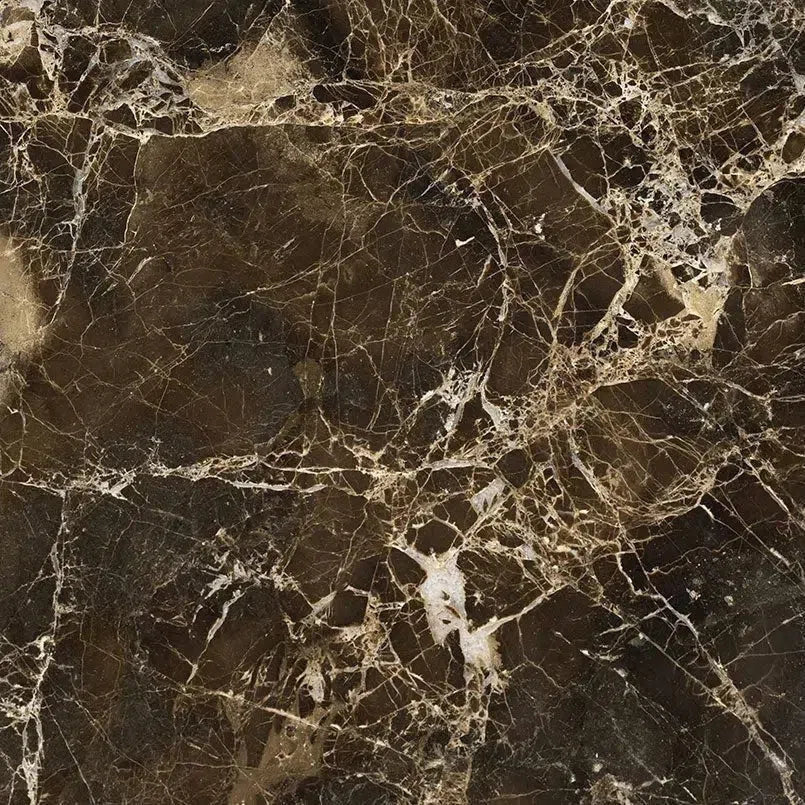 Emperador Dark
Emperador Dark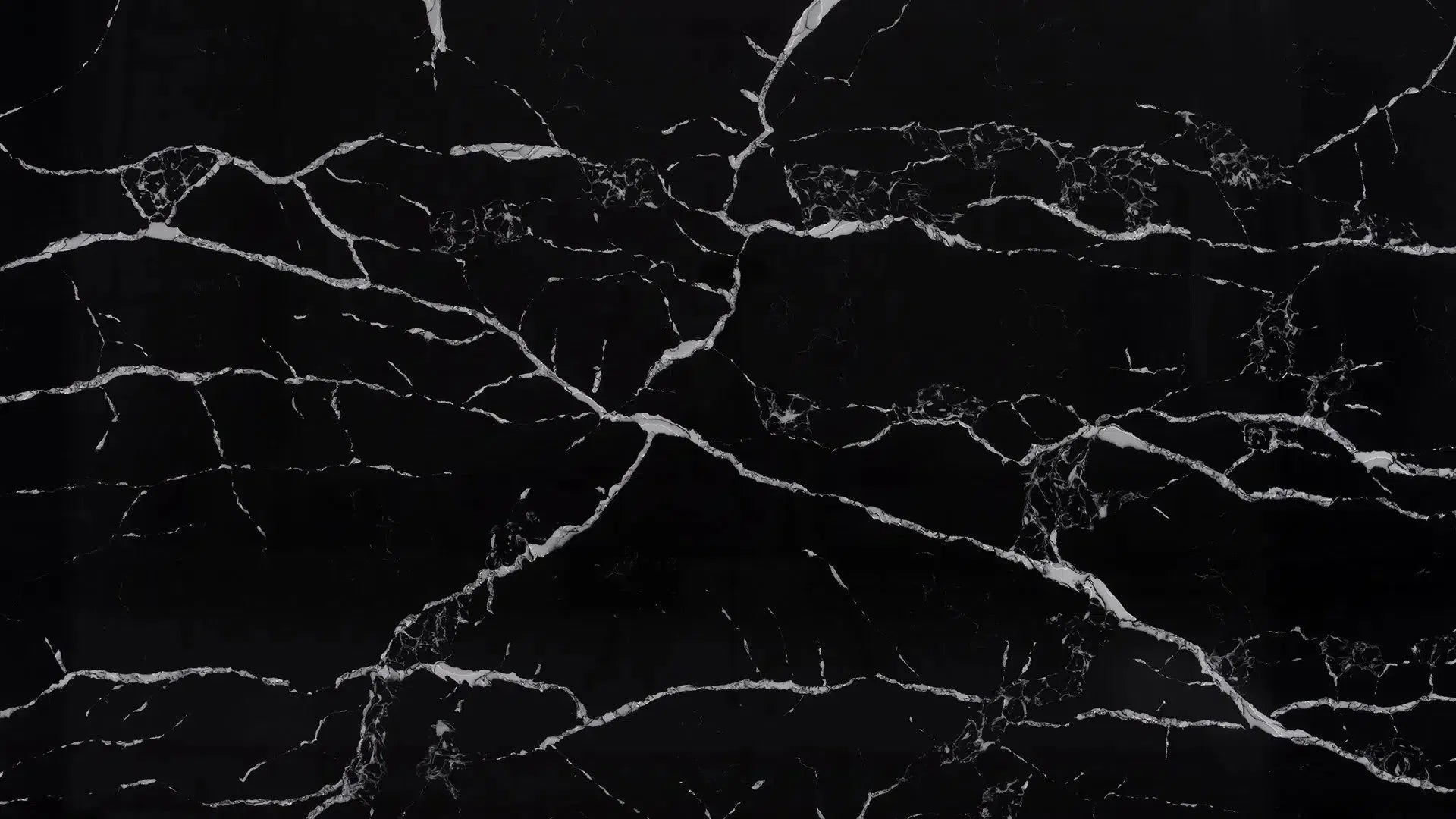 Nero Marquina
Nero Marquina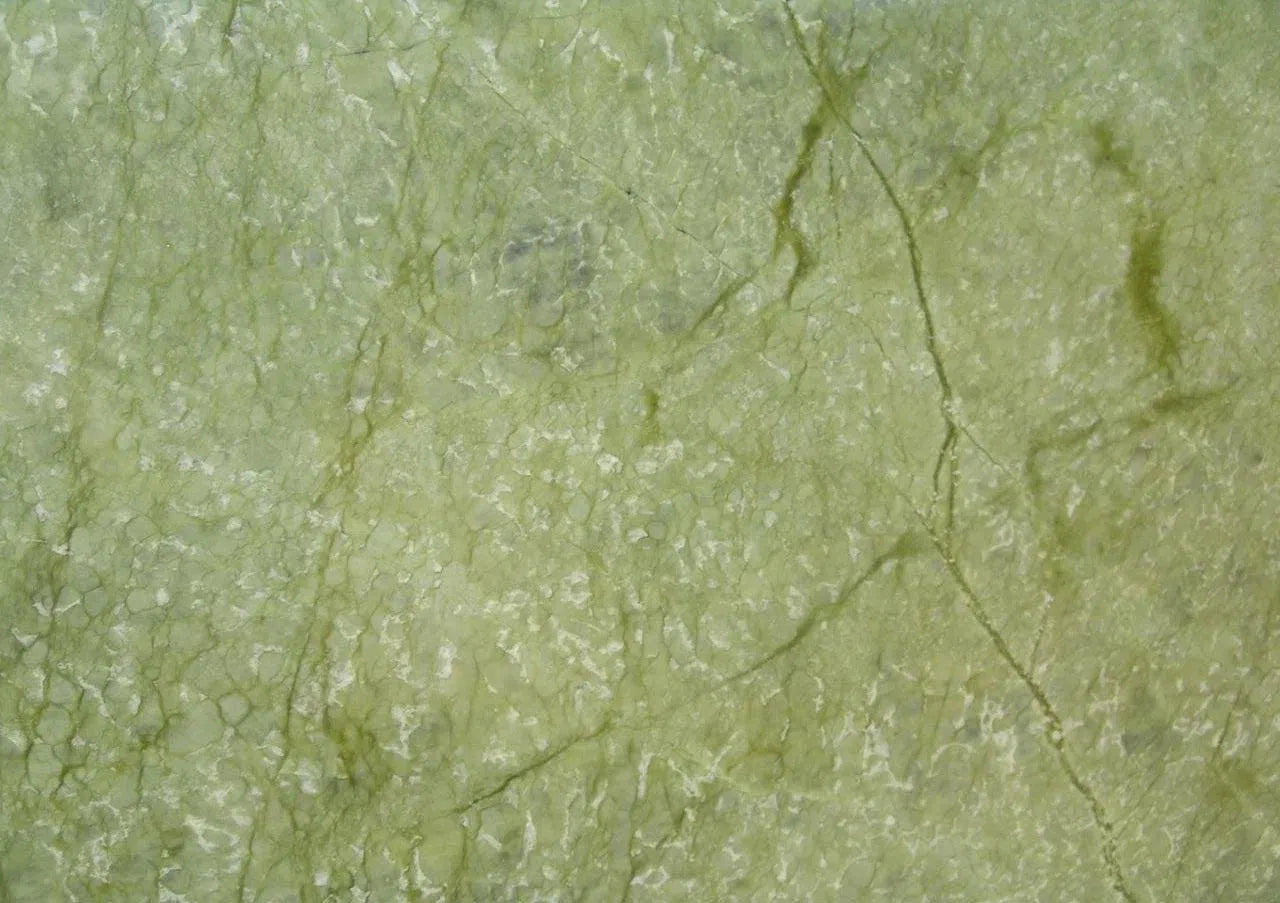 Ming Green Marble
Ming Green Marble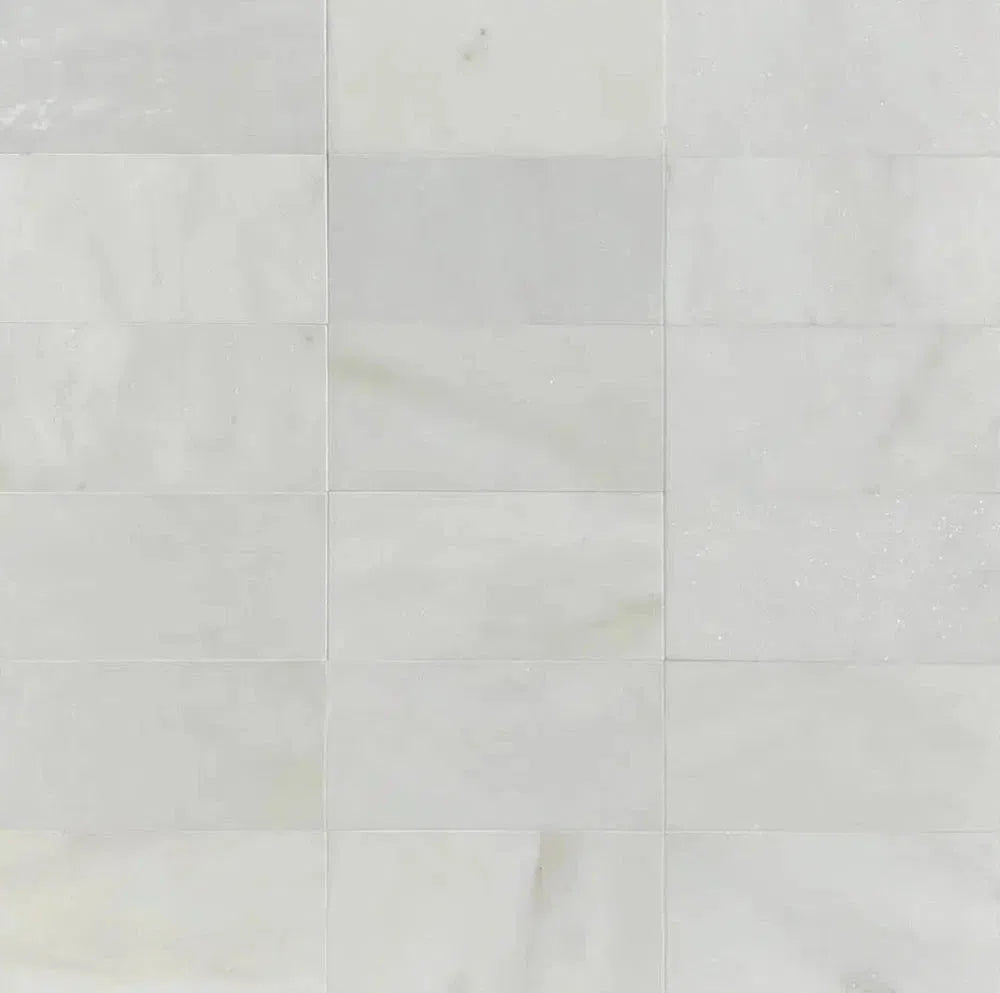 Oriental White Marble (Asian Statuary Marble)
Oriental White Marble (Asian Statuary Marble)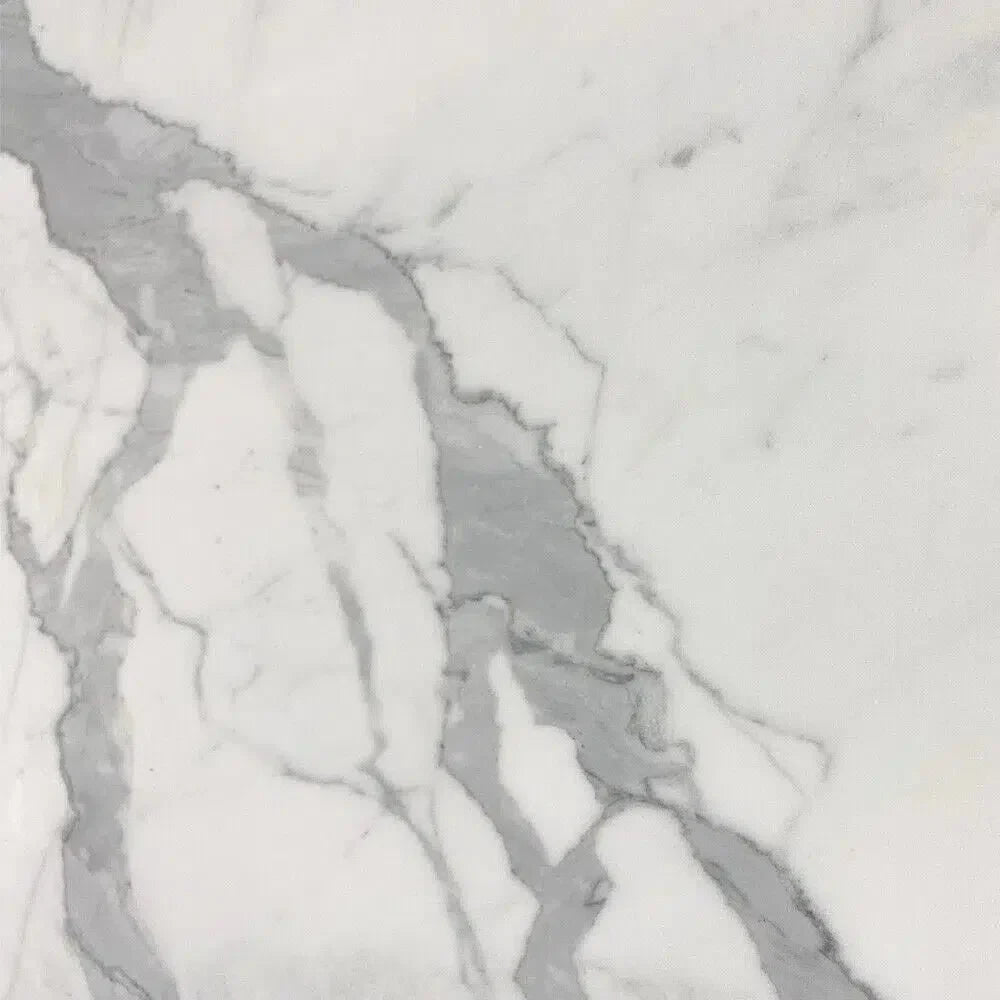 Statuary - Statuario White (Italian) Marble
Statuary - Statuario White (Italian) Marble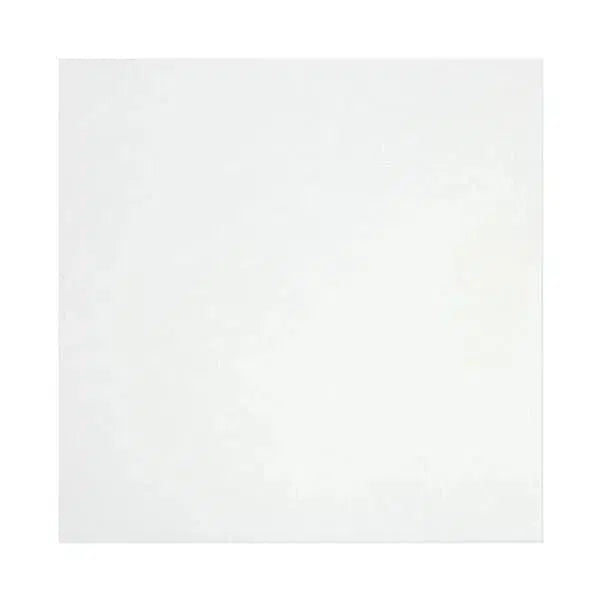 Thassos White
Thassos White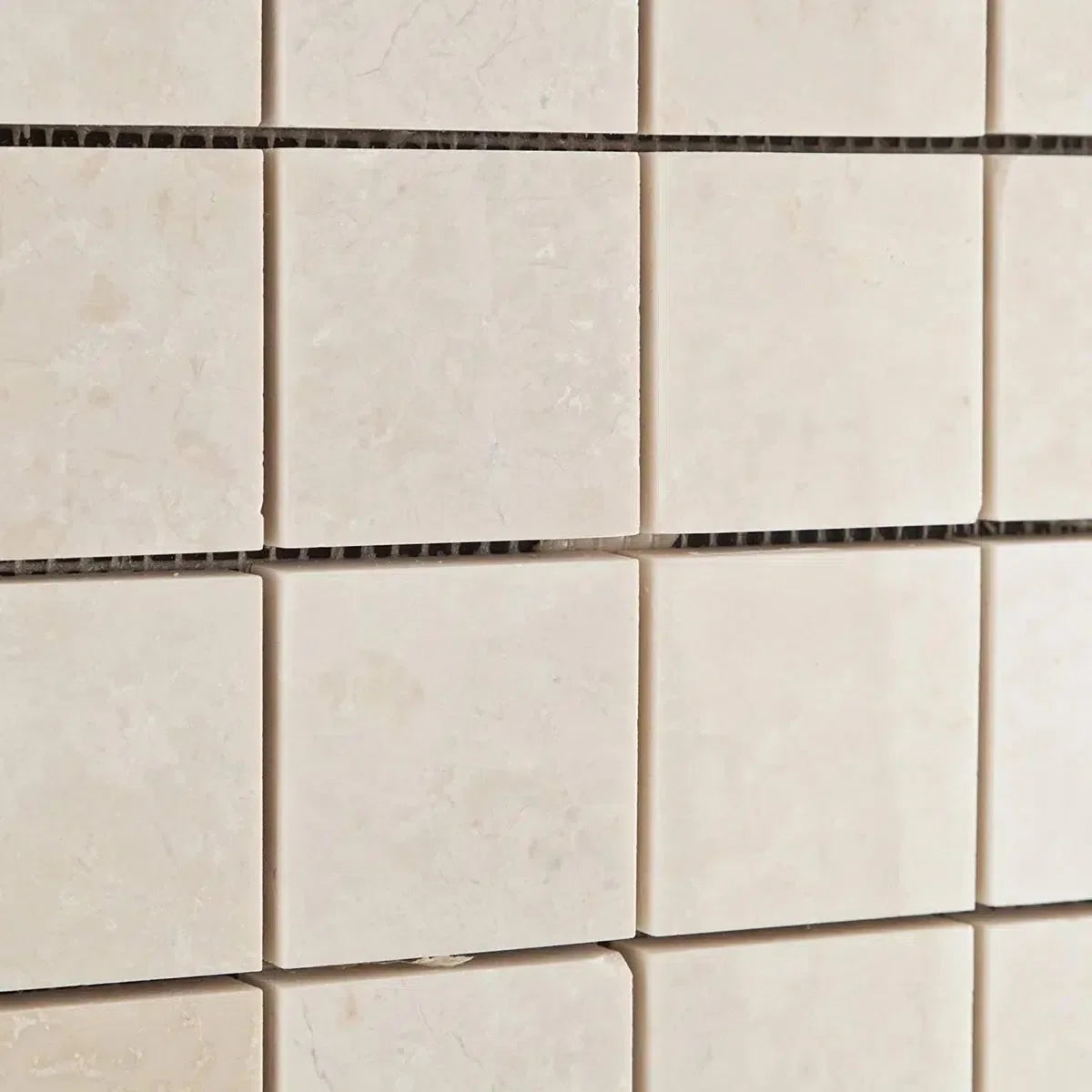 White Pearl/Botticino Beige Marble
White Pearl/Botticino Beige Marble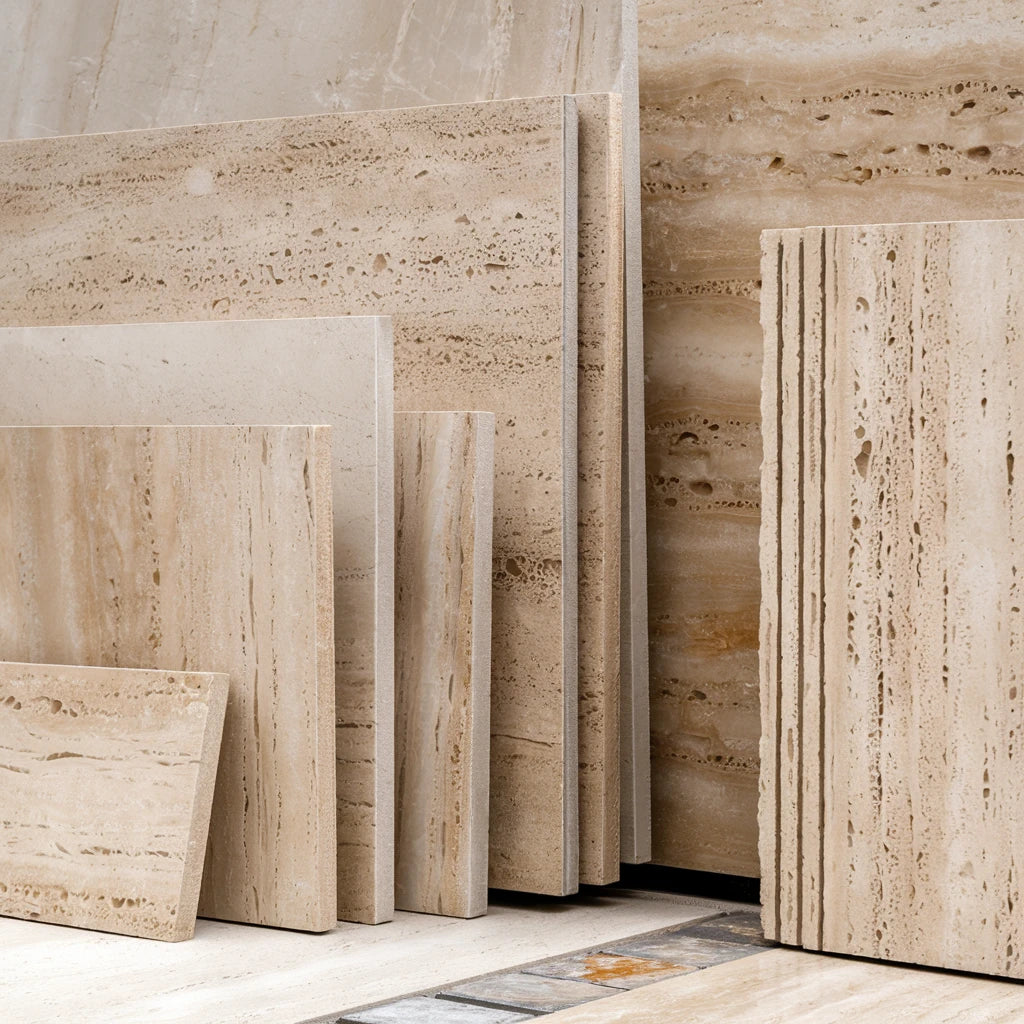 Best Selling Travertine Collections
Best Selling Travertine Collections
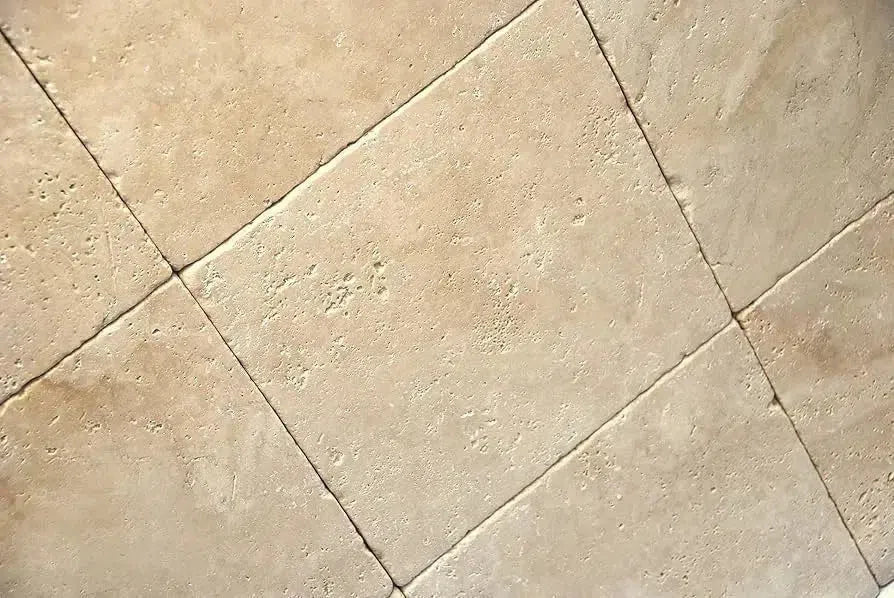 Ivory Travertine
Ivory Travertine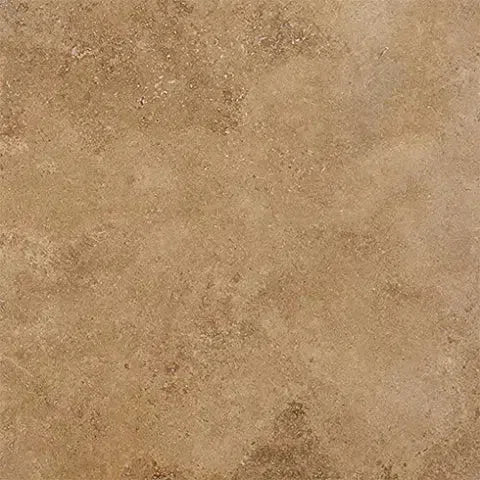 Noce Travertine
Noce Travertine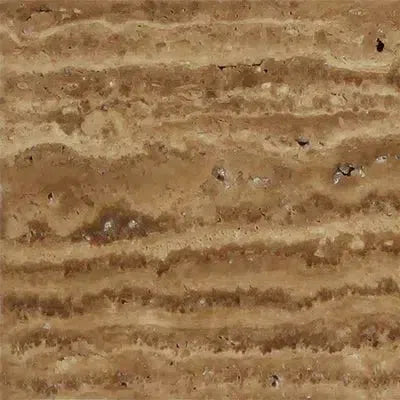 Exotic Noce Travertine
Exotic Noce Travertine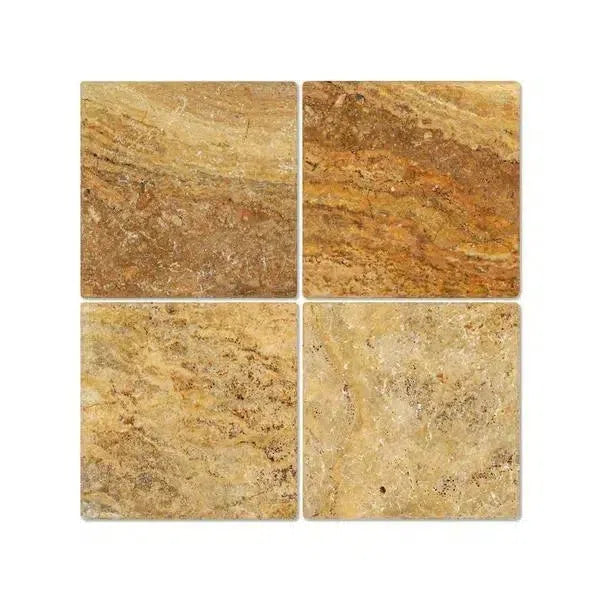 Scabos | Autumn Leaves Travertine
Scabos | Autumn Leaves Travertine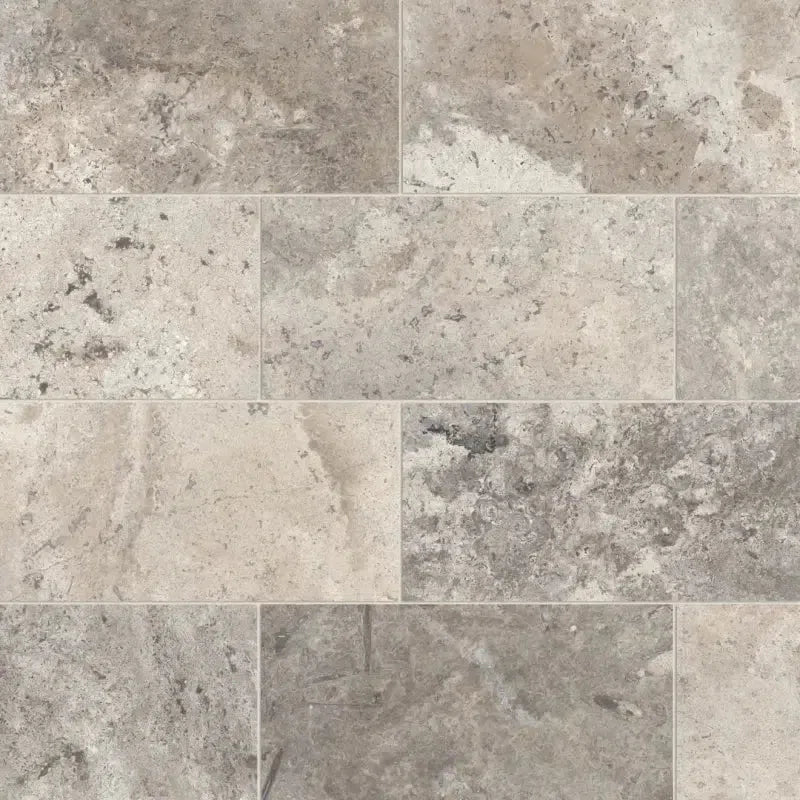 Silver Travertine
Silver Travertine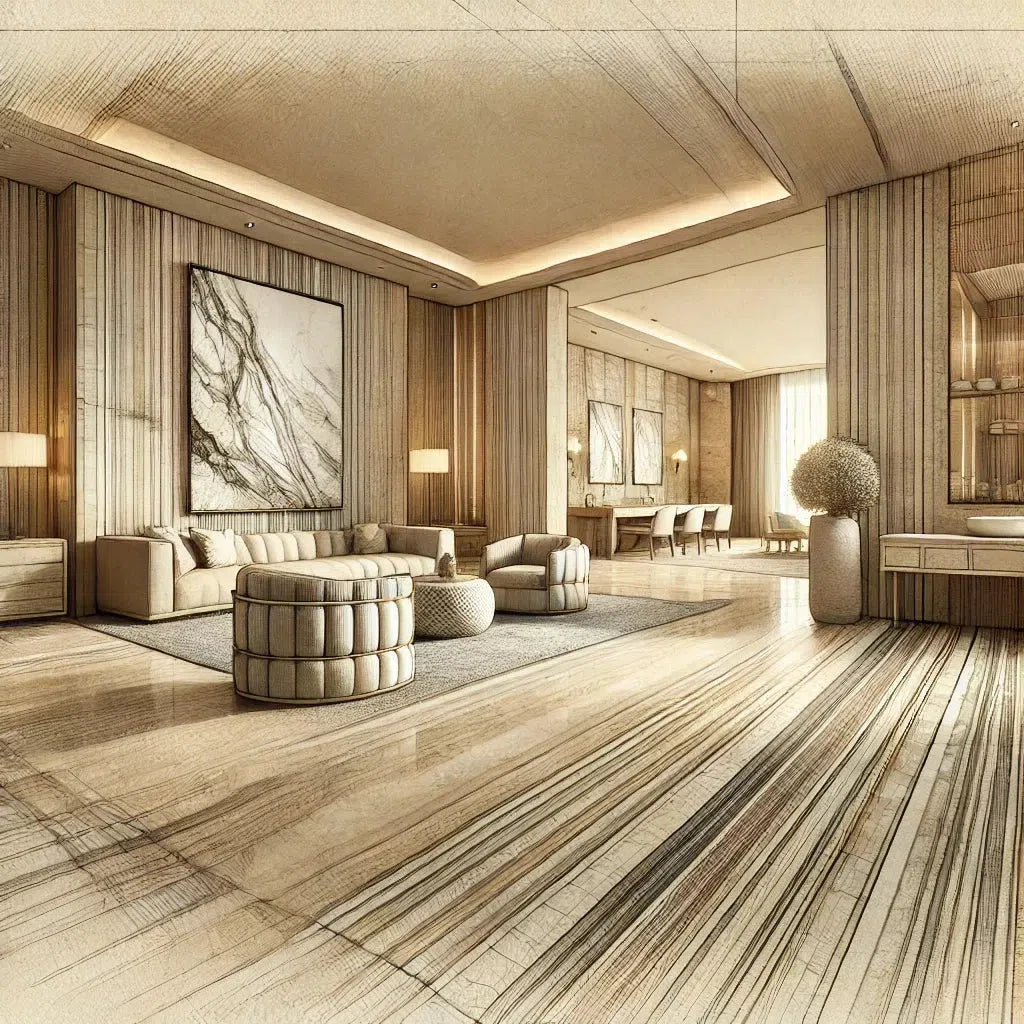 Exotic Travertine
Exotic Travertine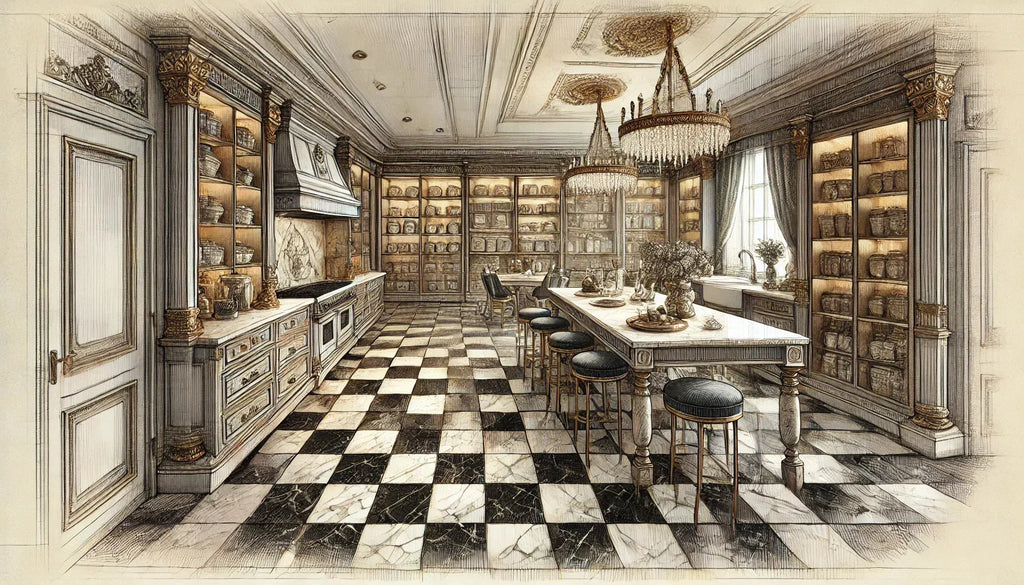 Checkerboard
Checkerboard
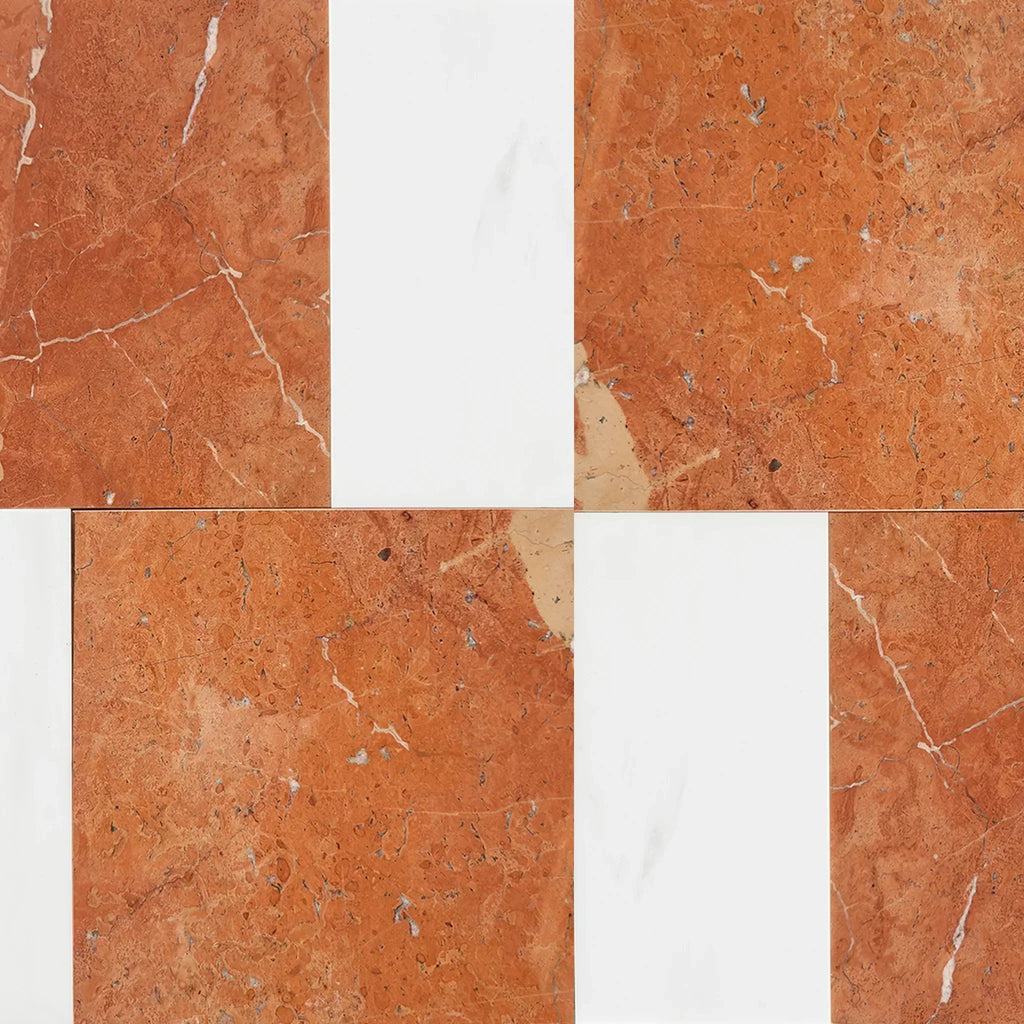 Patterned Tile
Patterned Tile
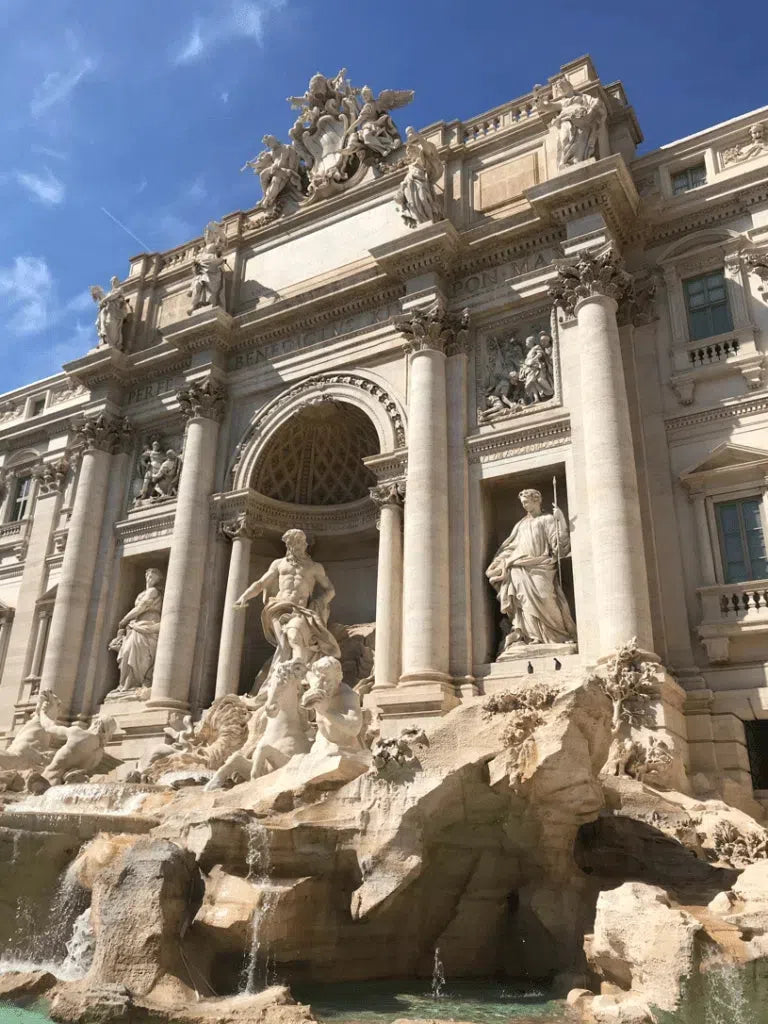 Shop By Material
Shop By Material
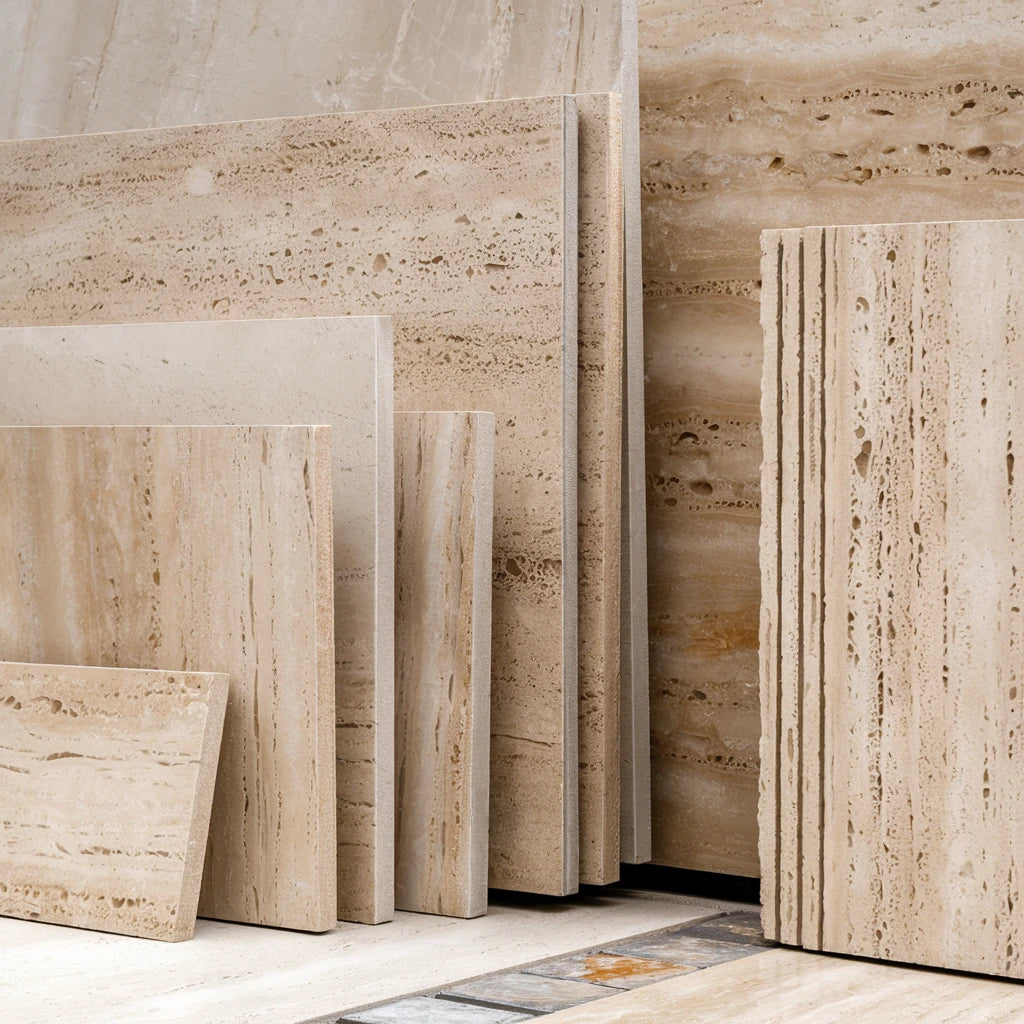 Travertine
Travertine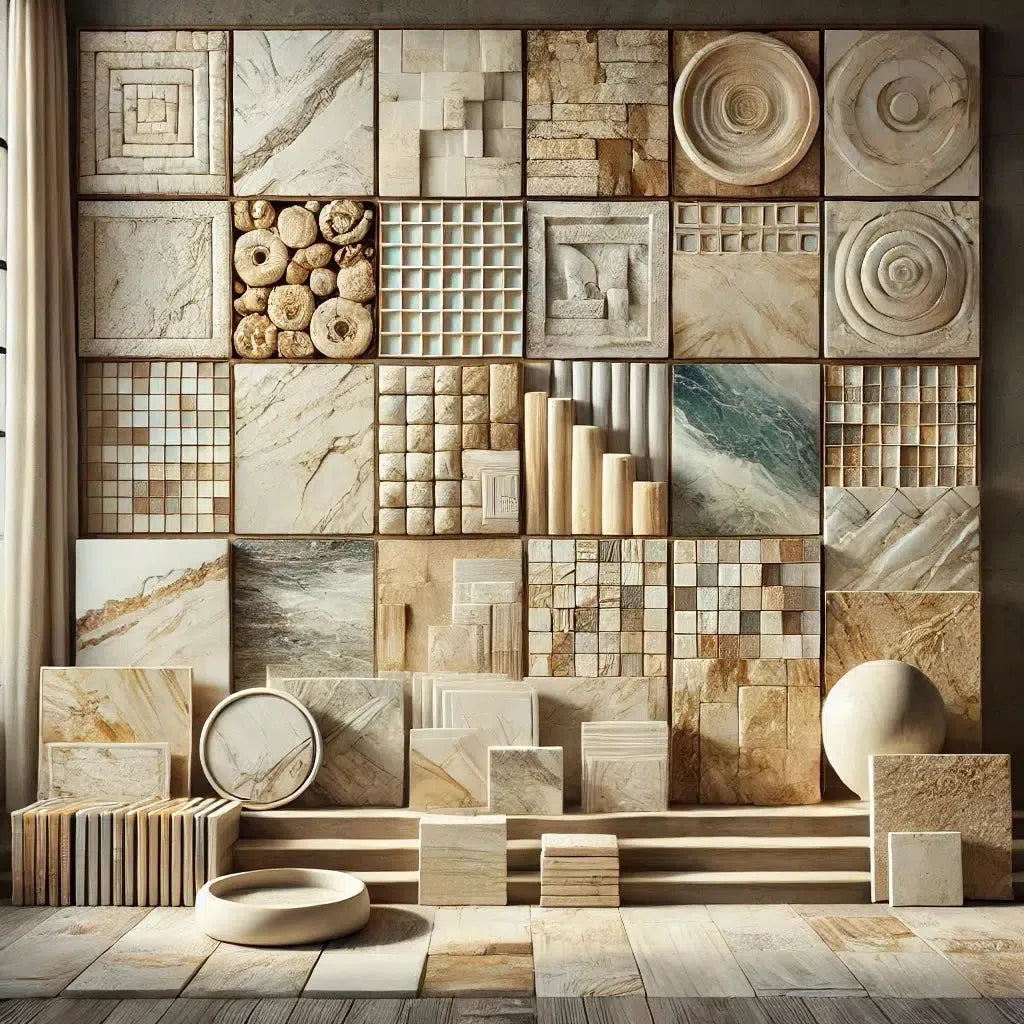 Marble
Marble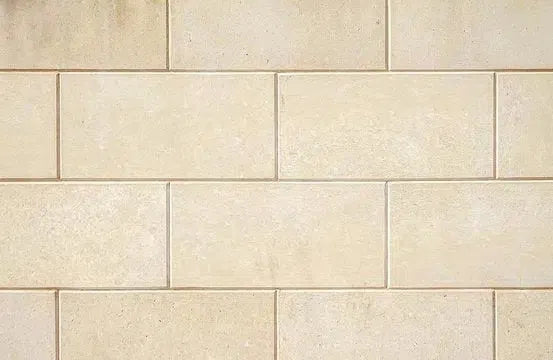 Limestone
Limestone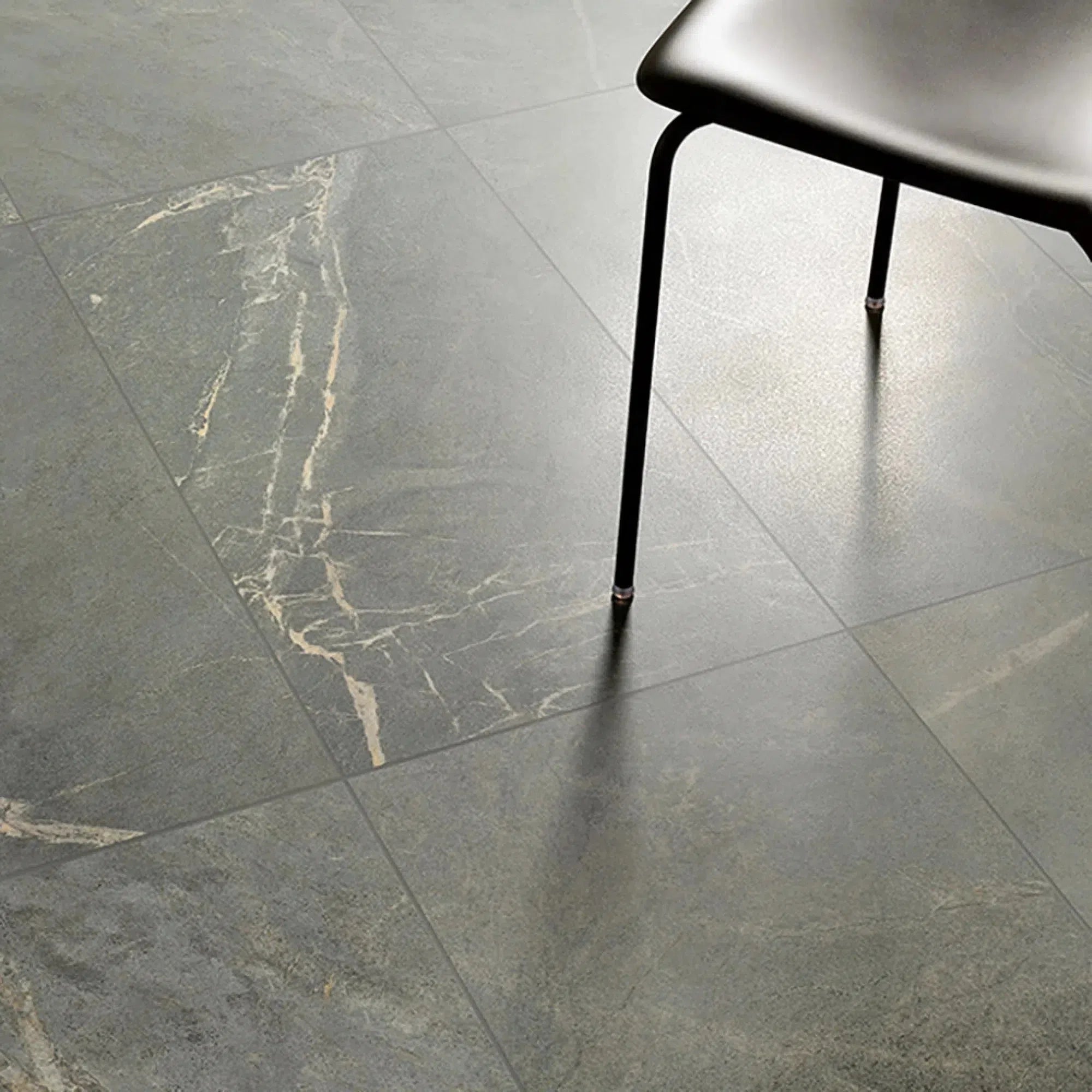 Soap Stone
Soap Stone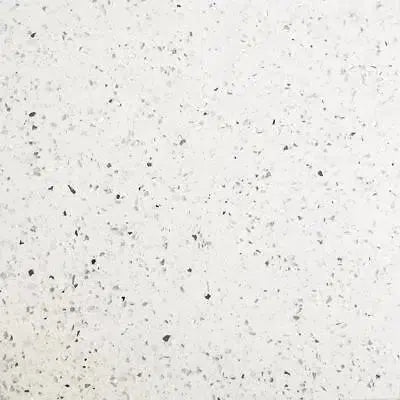 Quartz
Quartz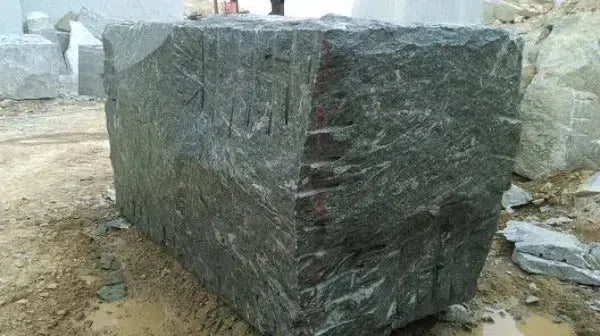 Granite
Granite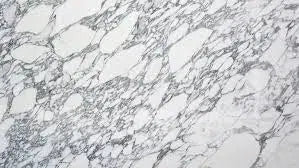 Shop By Name
Shop By Name
 Absolute Black Granite
Absolute Black Granite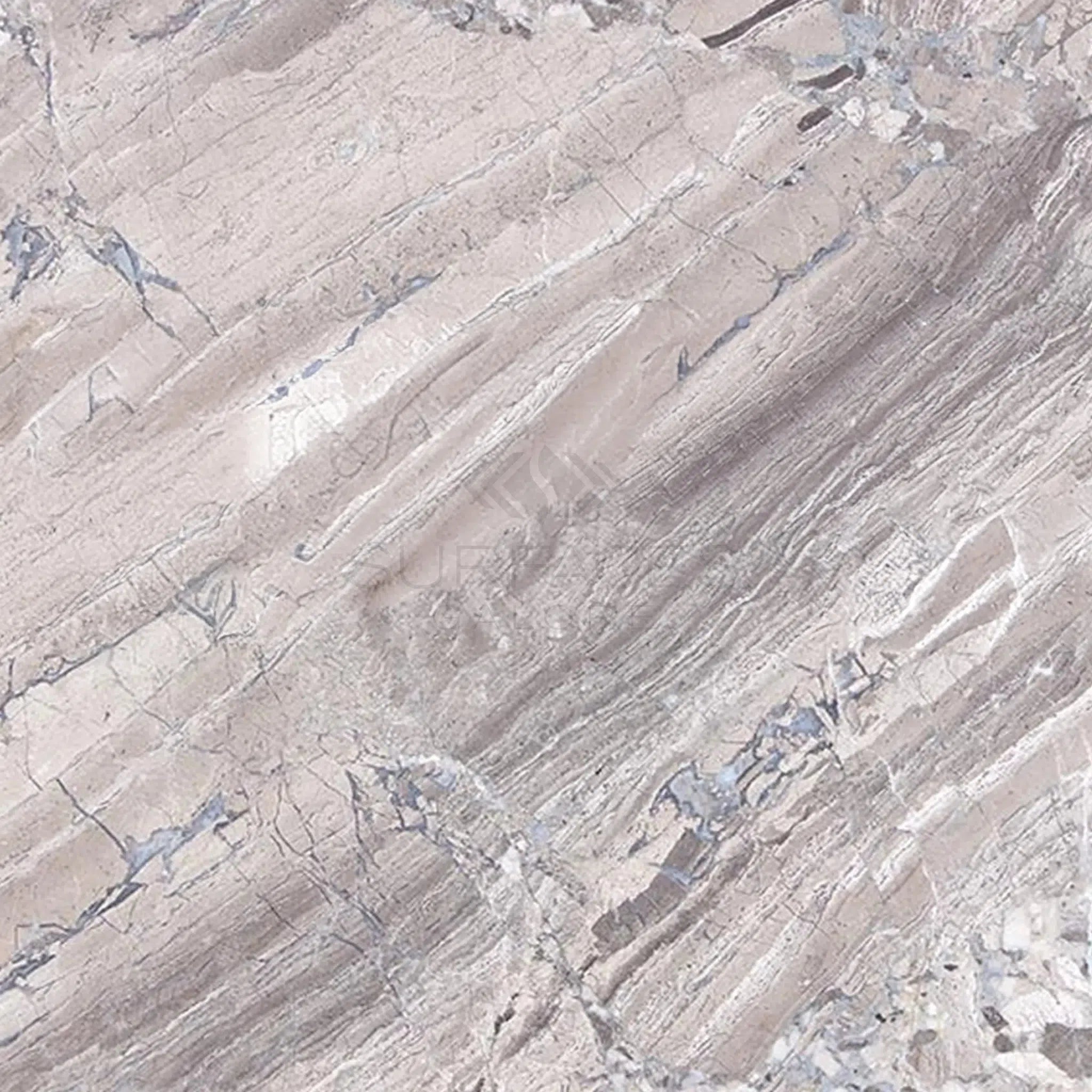 Atlantic Gray Marble
Atlantic Gray Marble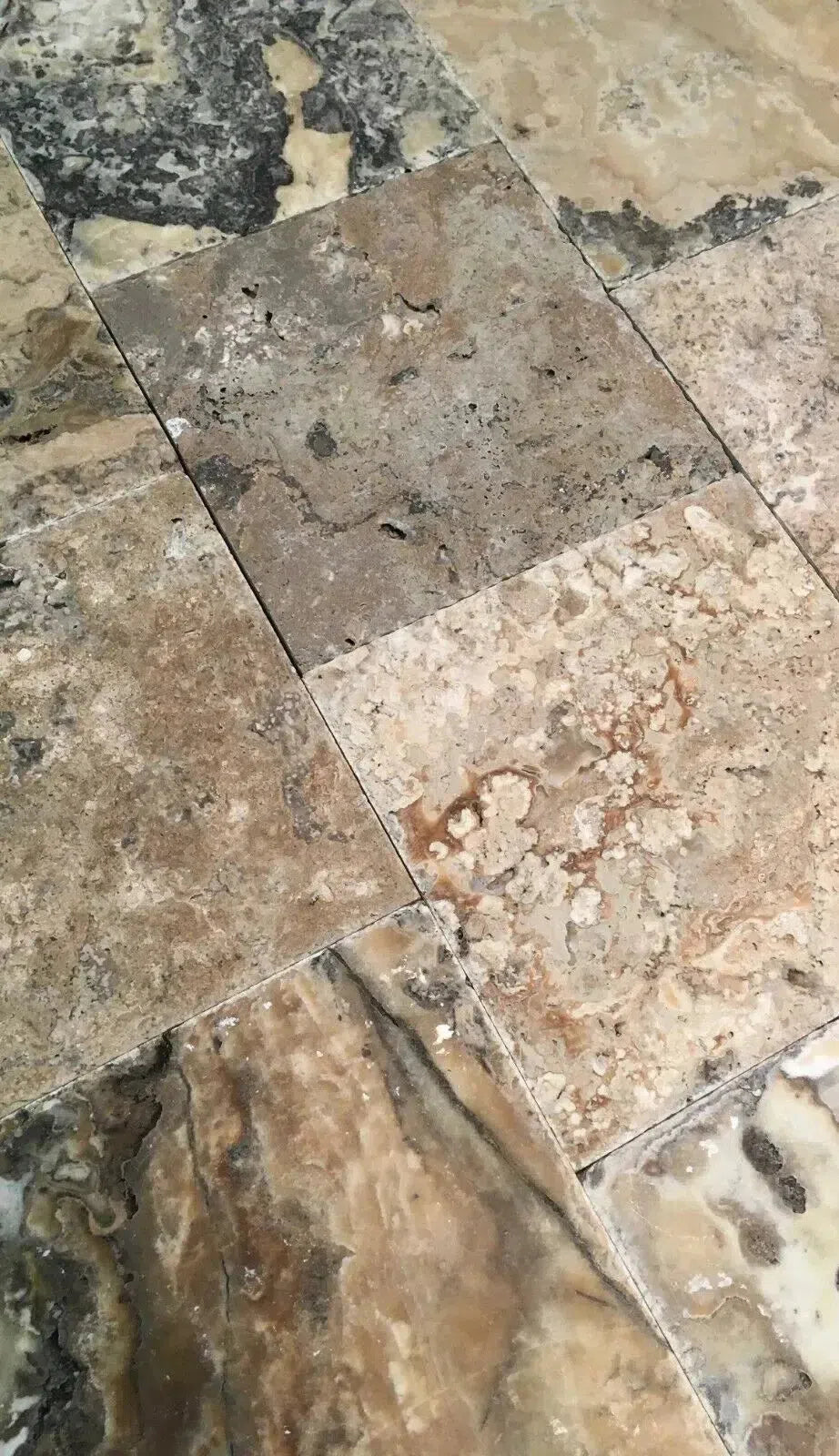 Antico Onyx Travertine
Antico Onyx Travertine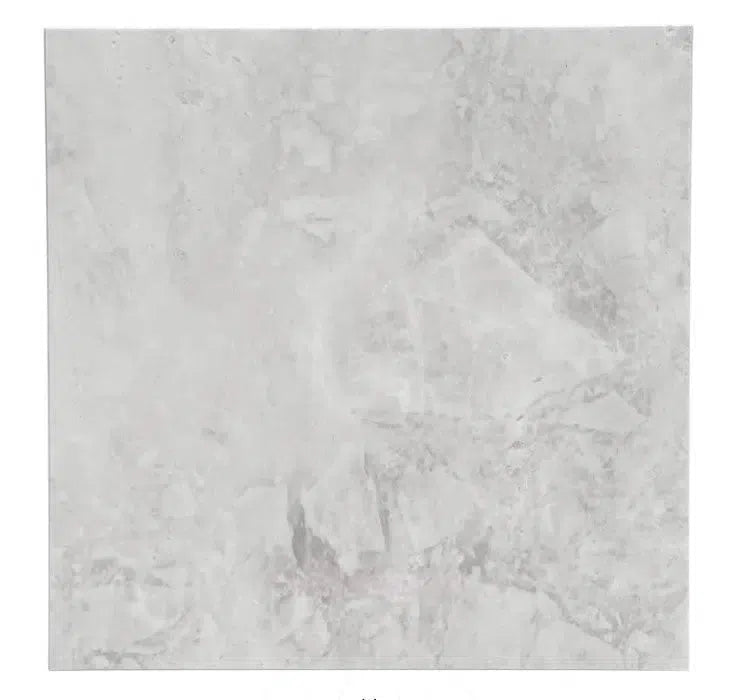 Bianco Congelato Dolomite
Bianco Congelato Dolomite Bianco Venatino (Bianco Mare) Marble
Bianco Venatino (Bianco Mare) Marble Calacatta Verde Royale Marble
Calacatta Verde Royale Marble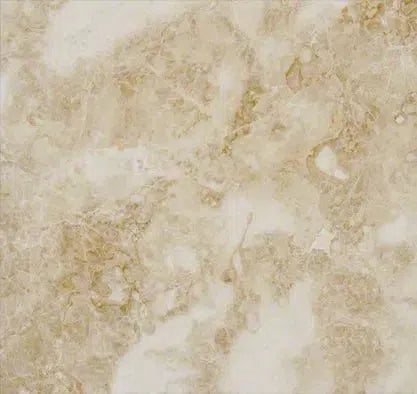 Cappuccino Marble
Cappuccino Marble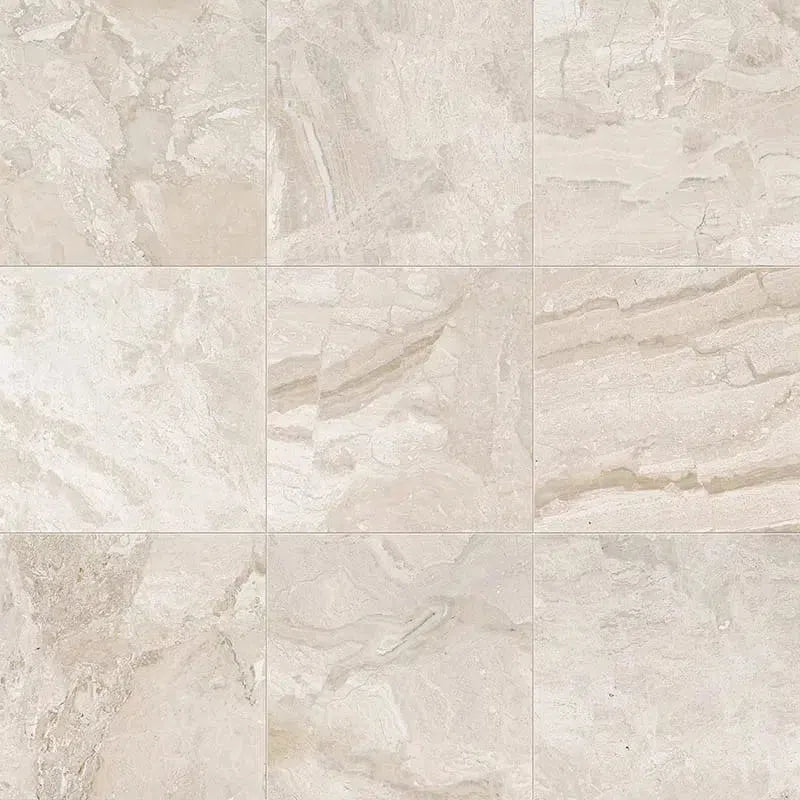 Diano Royal (Queen Beige) Marble
Diano Royal (Queen Beige) Marble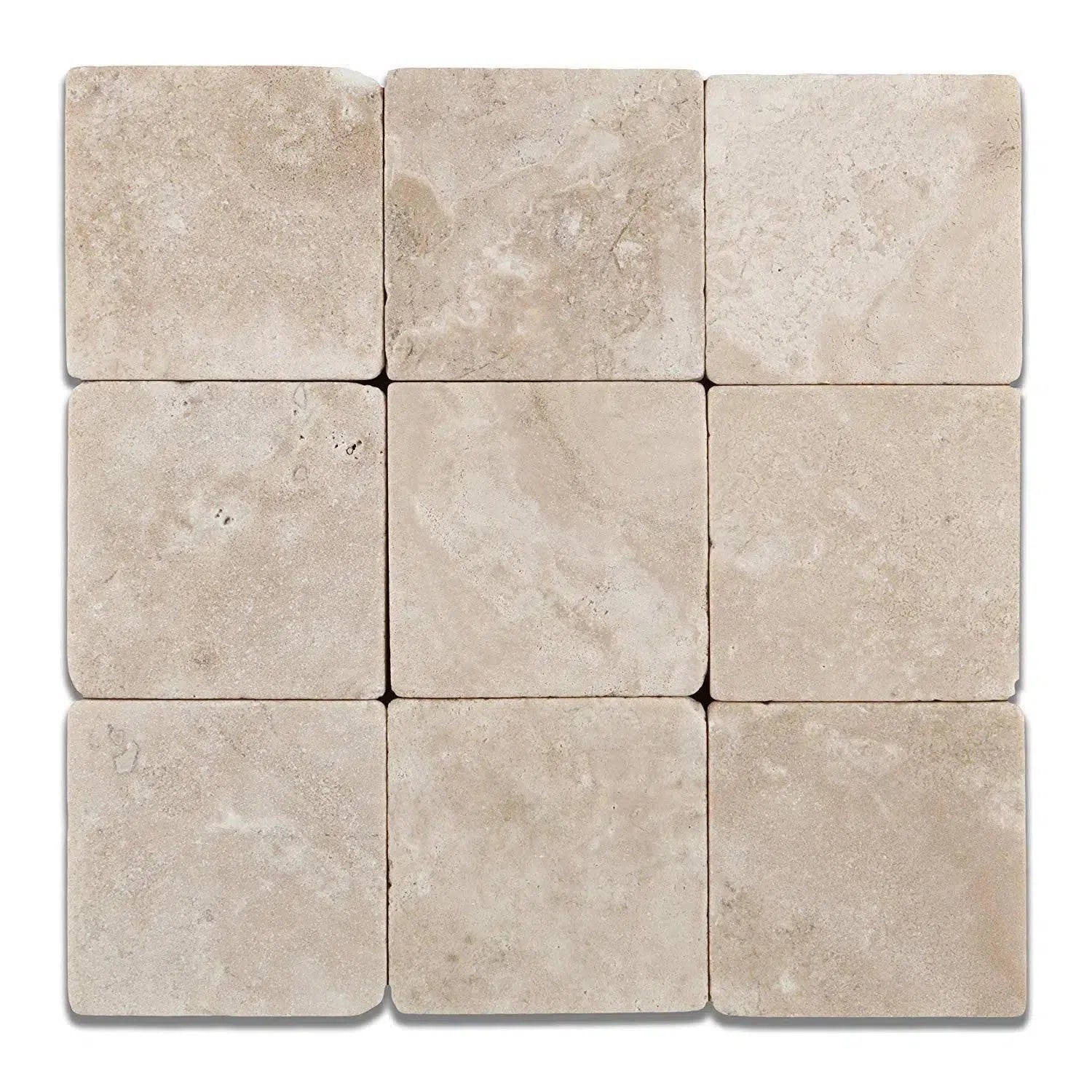 Durango Cream Traverine
Durango Cream Traverine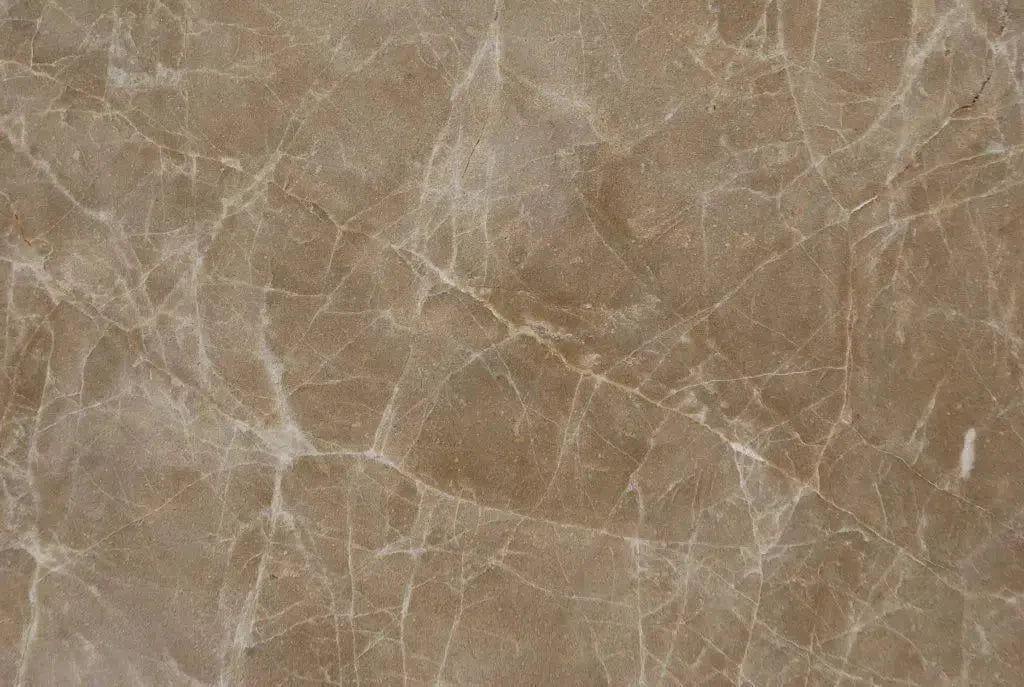 Emperador Light Marble
Emperador Light Marble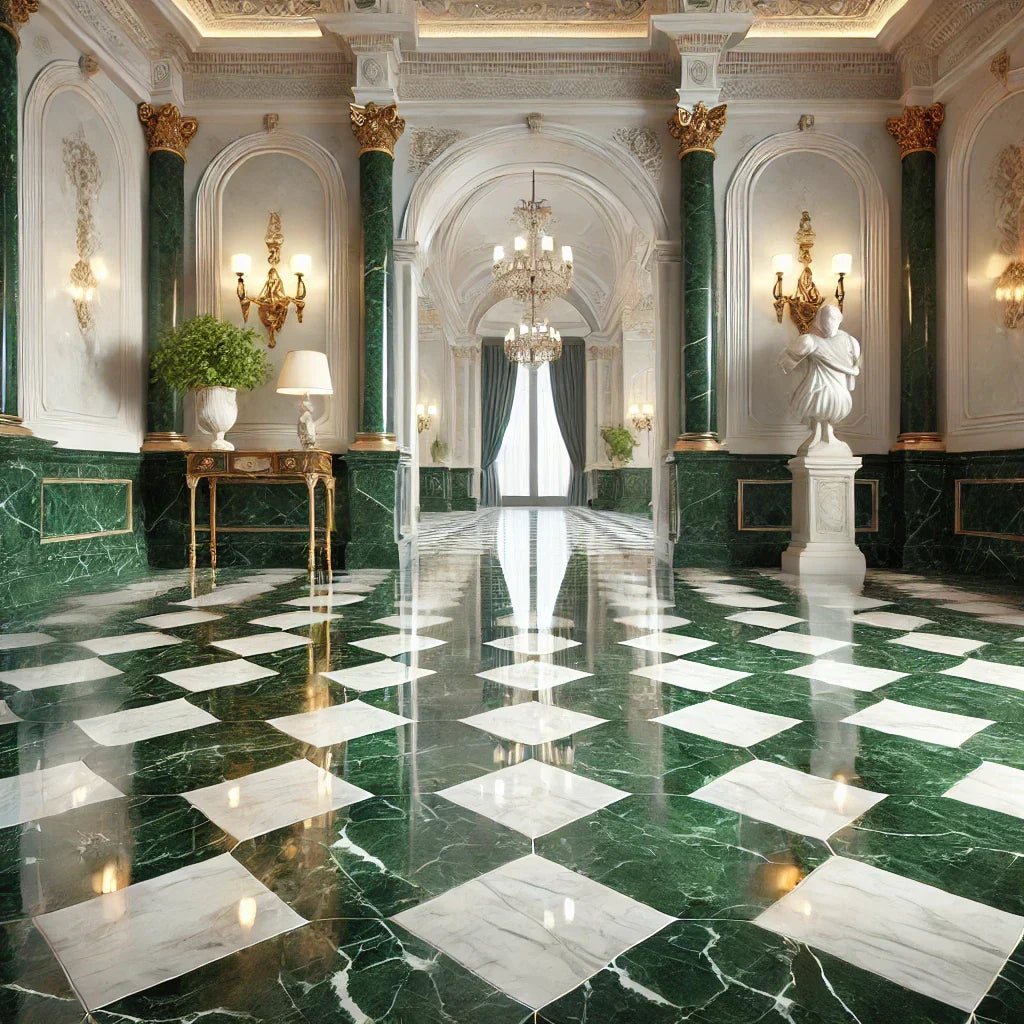 Empress Green Marble
Empress Green Marble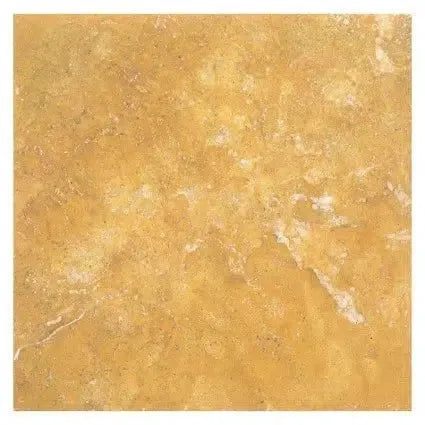 Gold/Yellow Travertine
Gold/Yellow Travertine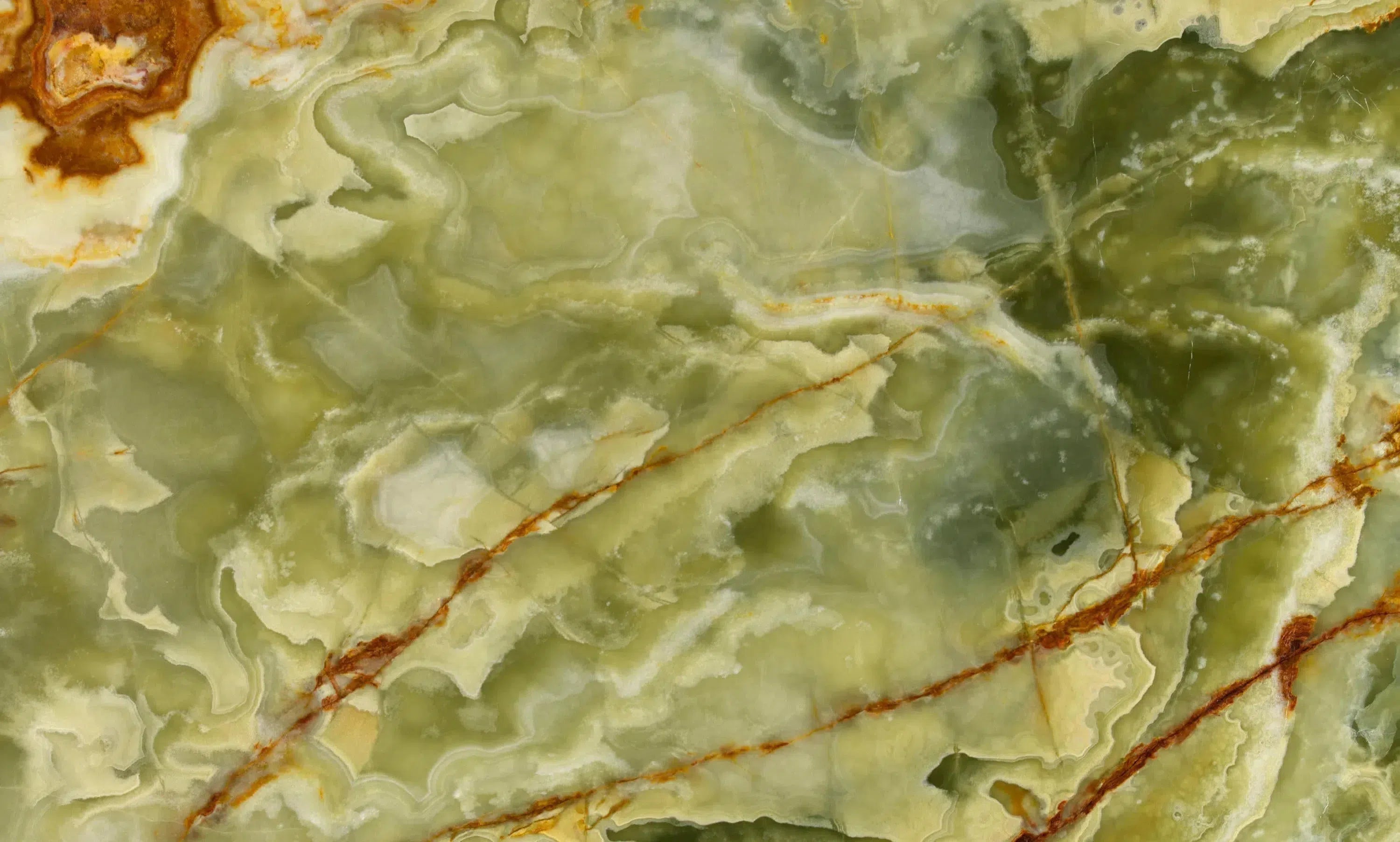 Green Onyx Marble
Green Onyx Marble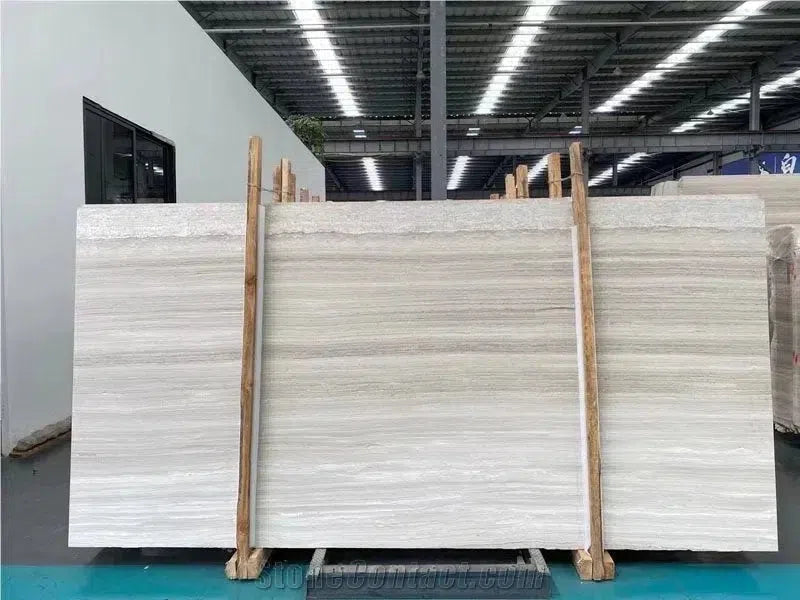 Haisa Light (White Wood) Limestone
Haisa Light (White Wood) Limestone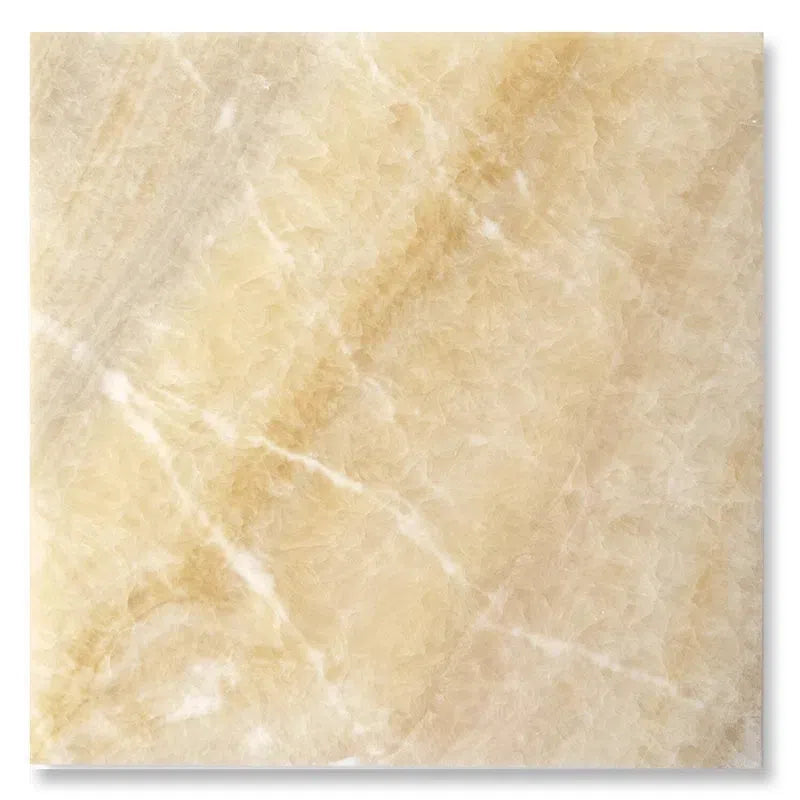 Honey Onyx Marble
Honey Onyx Marble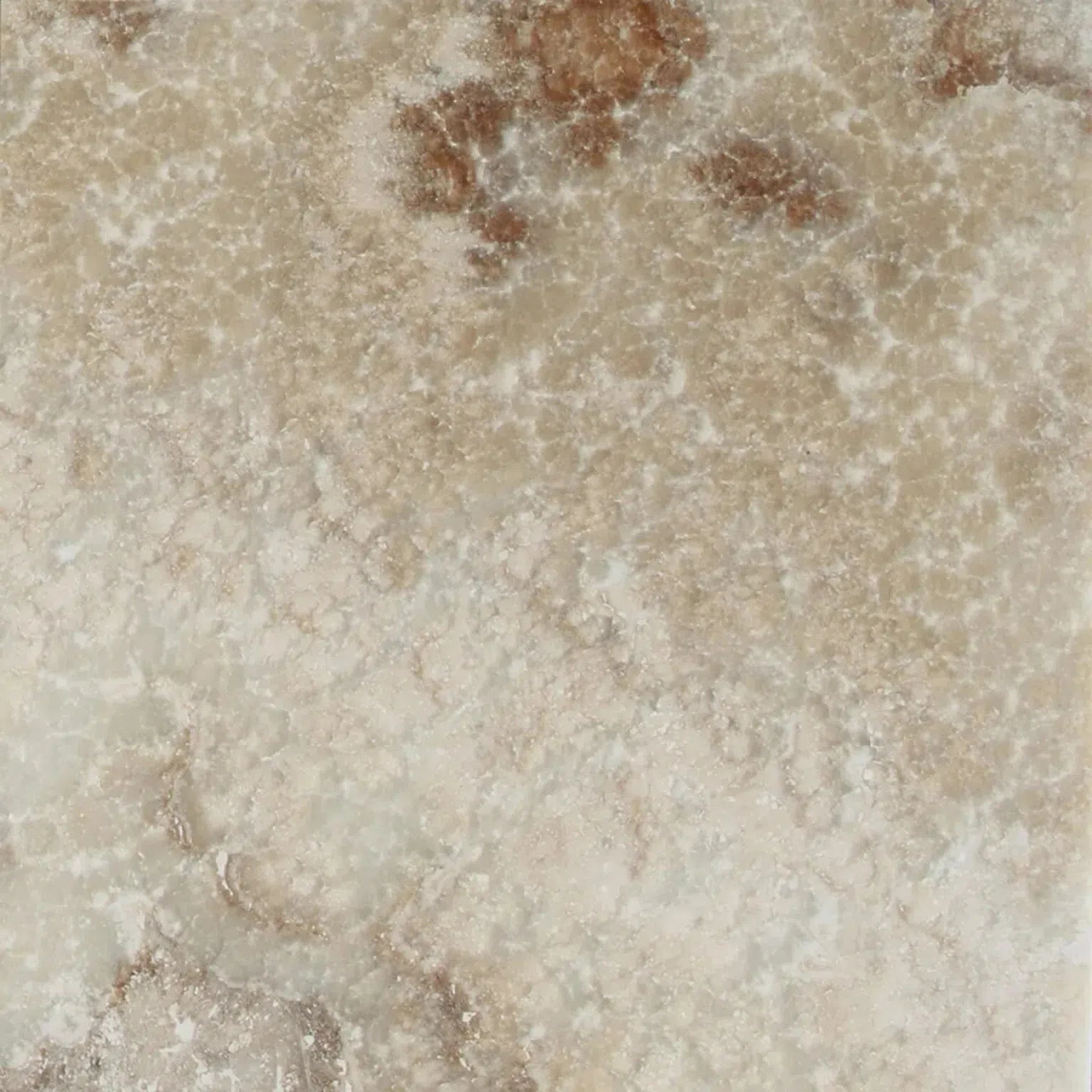 La Travonya Travertine
La Travonya Travertine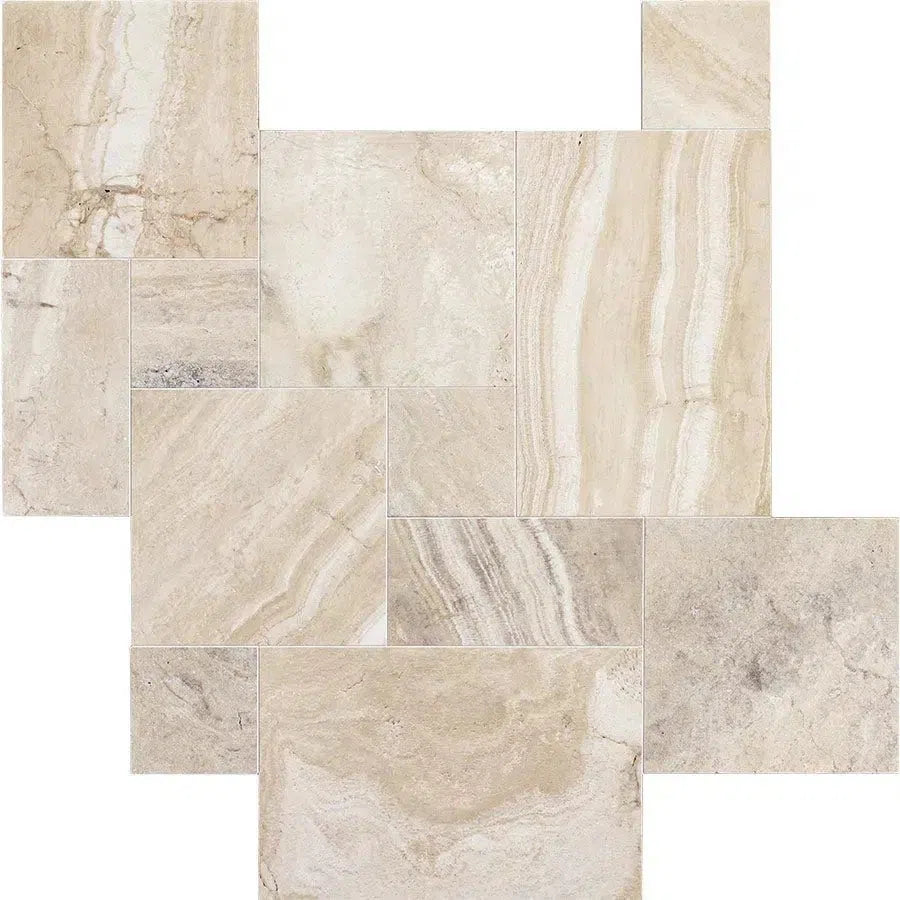 Malibu Travertine
Malibu Travertine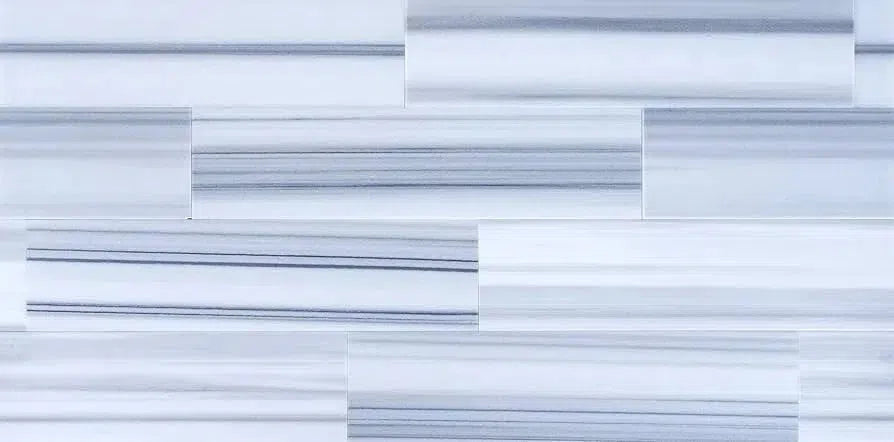 Mink (Equator) Marble
Mink (Equator) Marble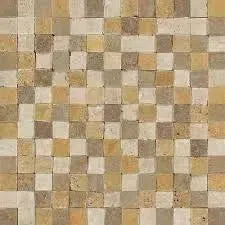 Mixed (Ivory-Noce-Gold) Travertine
Mixed (Ivory-Noce-Gold) Travertine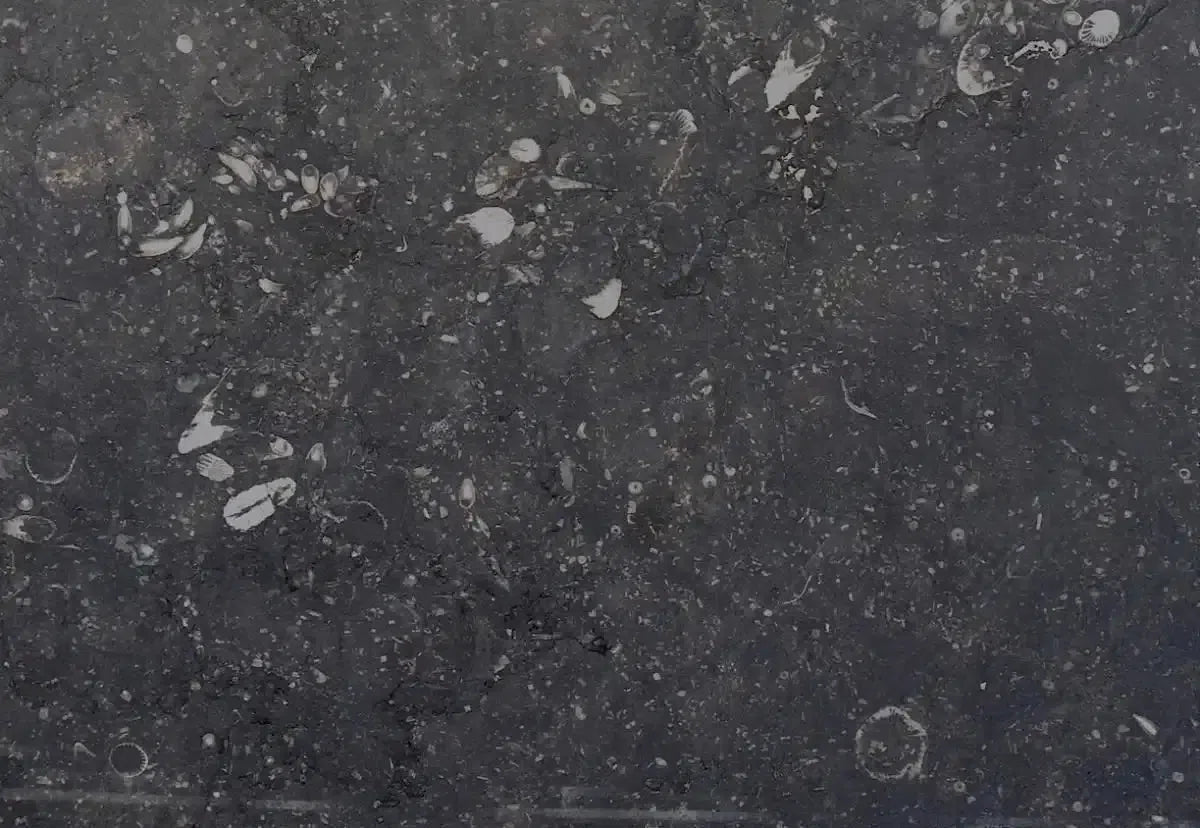 Pierre Bleue (Pierre Blue) Marble
Pierre Bleue (Pierre Blue) Marble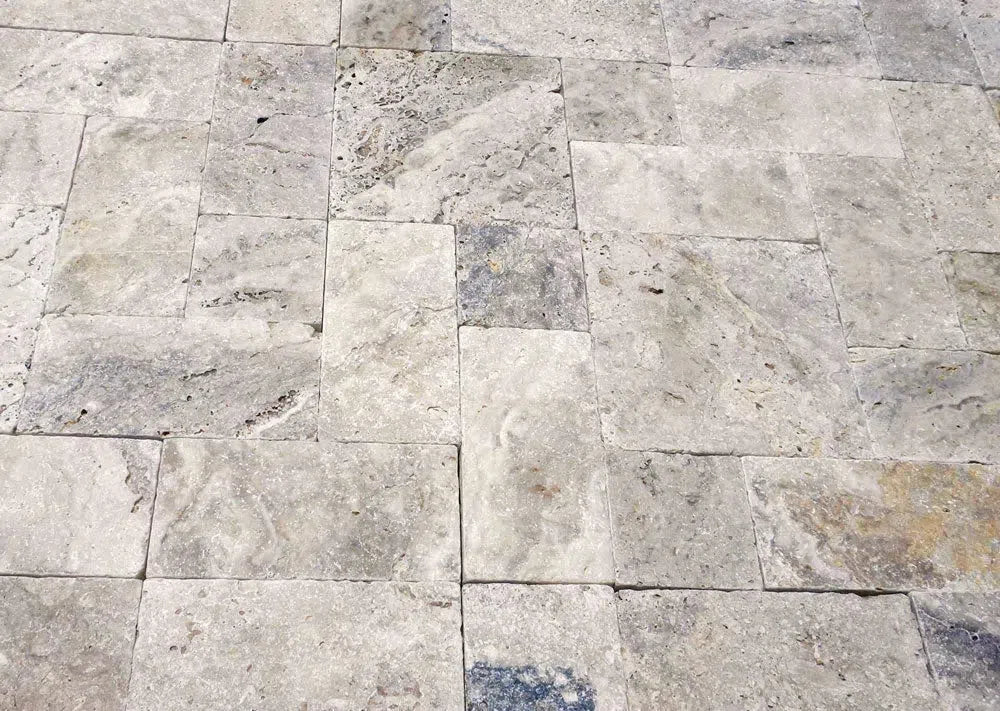 Philadelphia Travertine
Philadelphia Travertine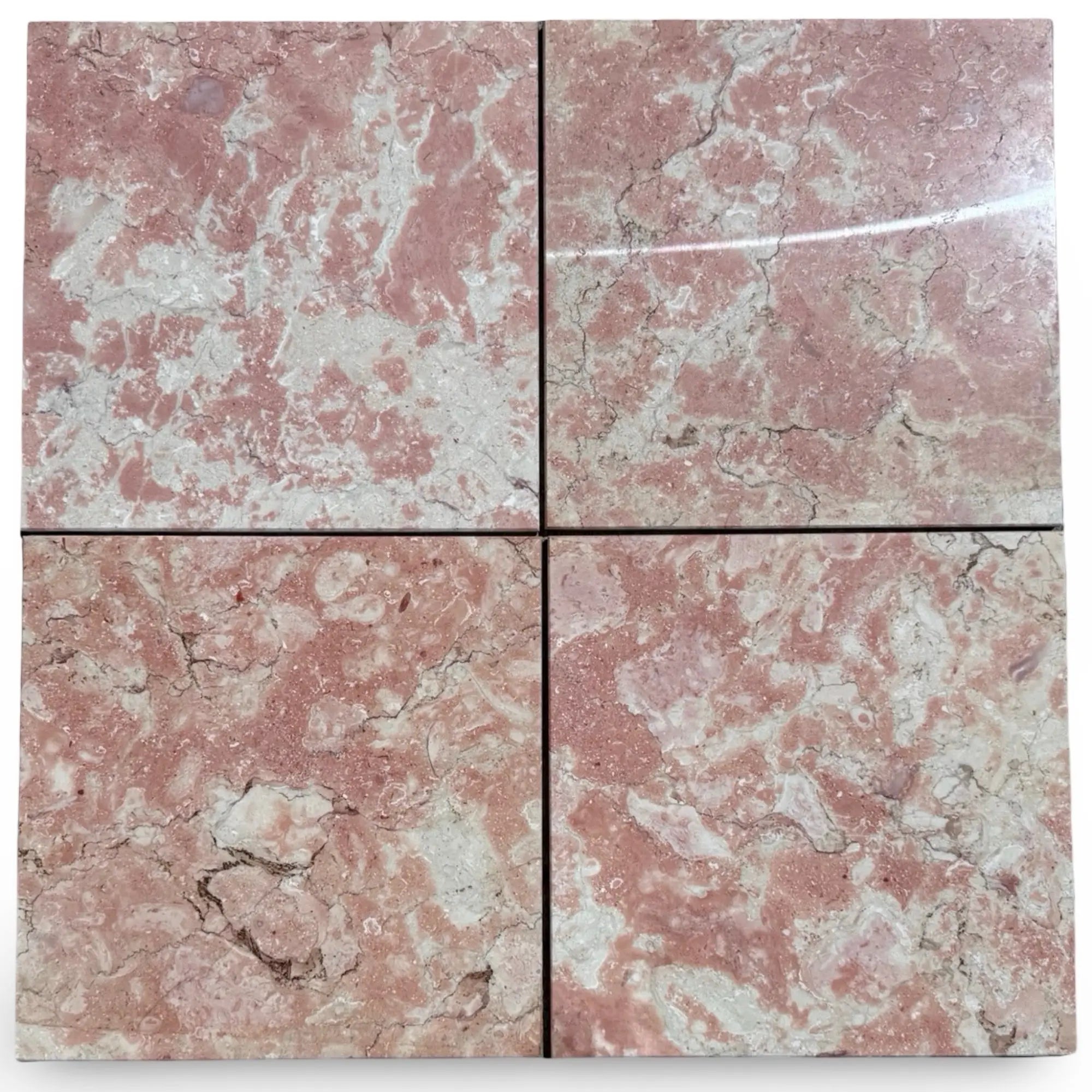 Rosé Aurora Marble
Rosé Aurora Marble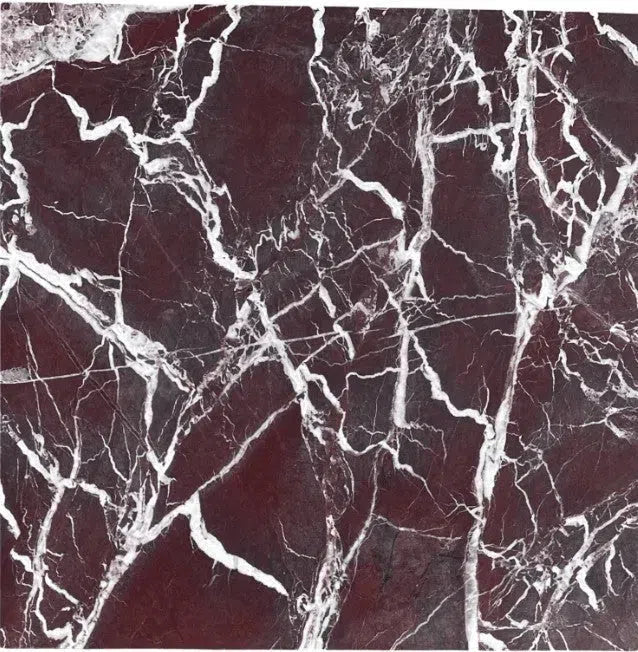 Rosso Levanto Marble
Rosso Levanto Marble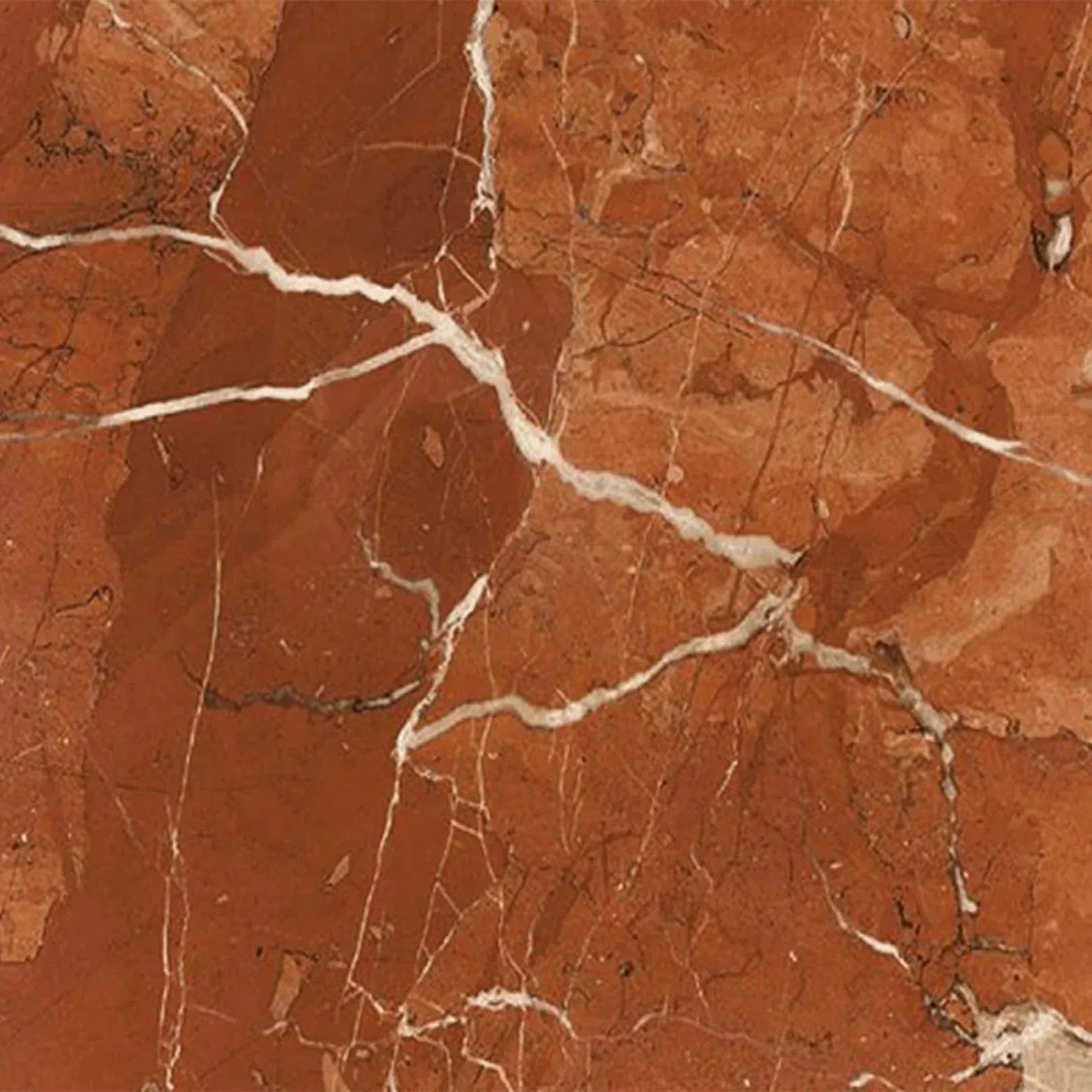 Rojo Alicante Marble
Rojo Alicante Marble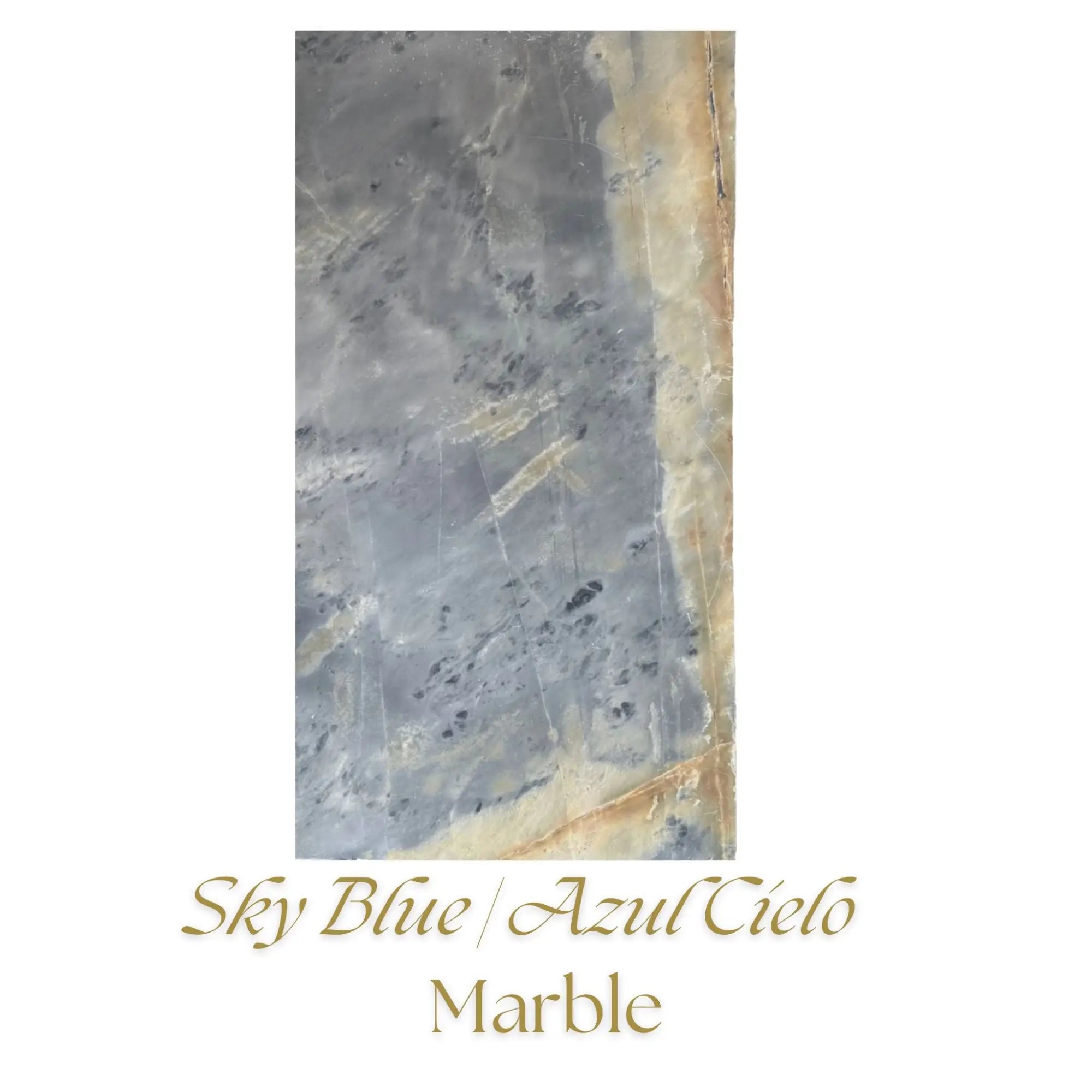 Sky Blue | Azul Cielo Marble
Sky Blue | Azul Cielo Marble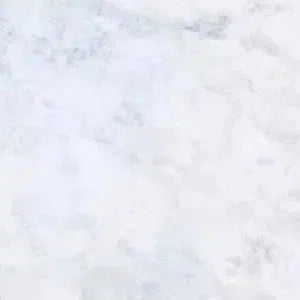 Snow White (Afyon White) Marble
Snow White (Afyon White) Marble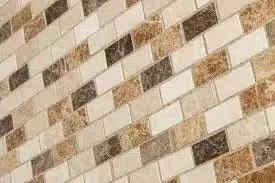 Spanish Mix Marble
Spanish Mix Marble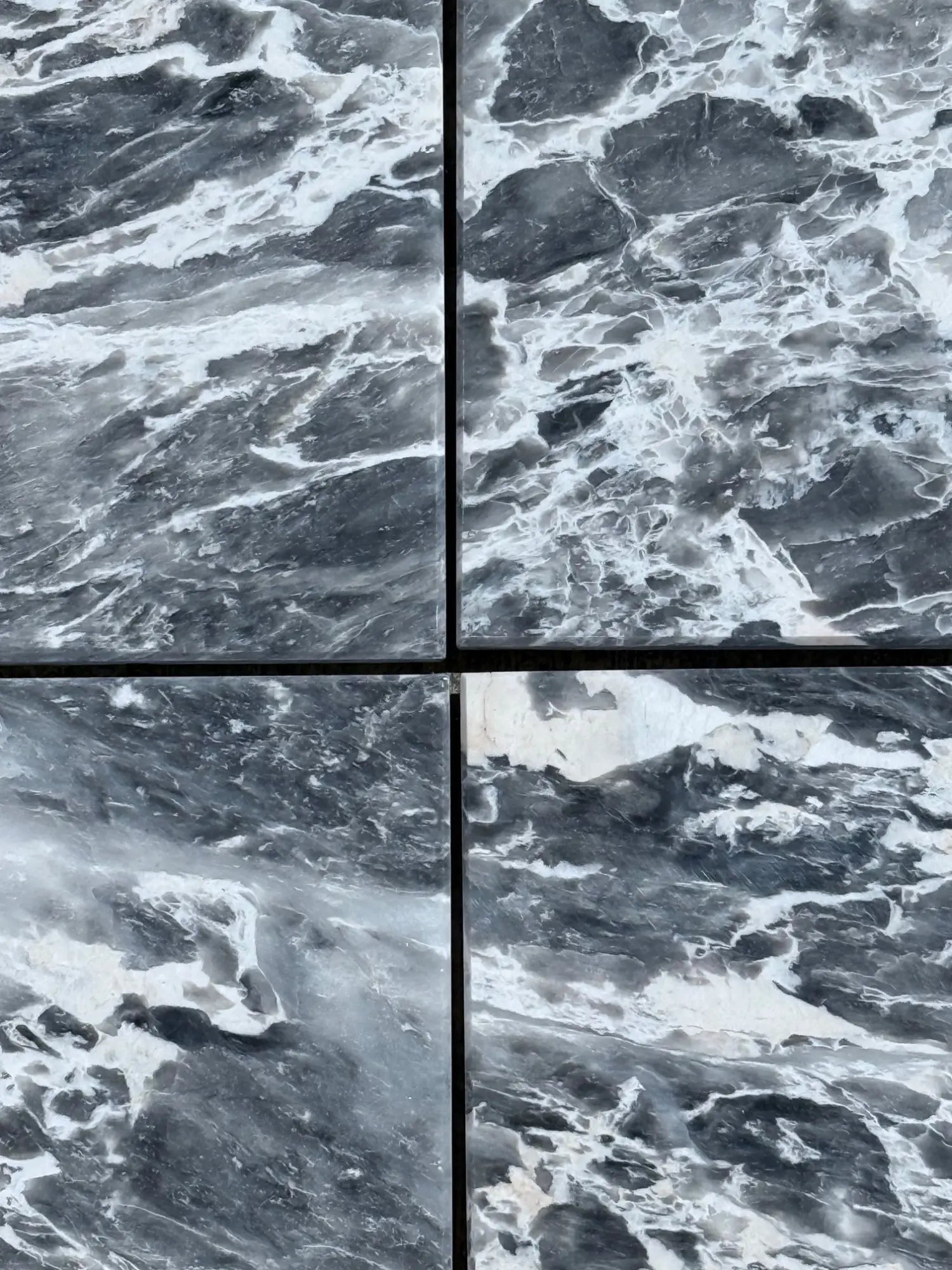 Storm Gray Marble
Storm Gray Marble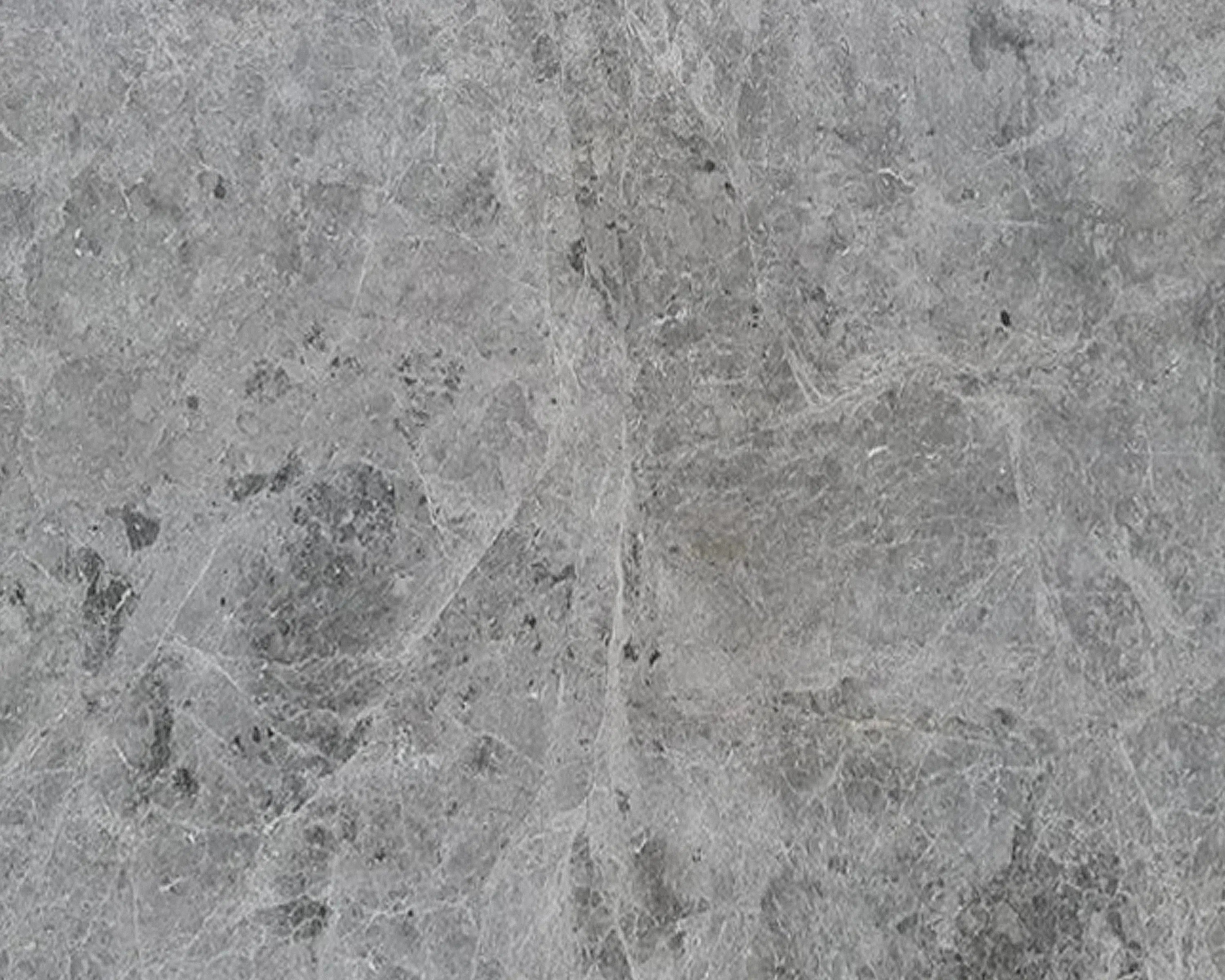 Tundra Gray (Atlantic Gray) Marble
Tundra Gray (Atlantic Gray) Marble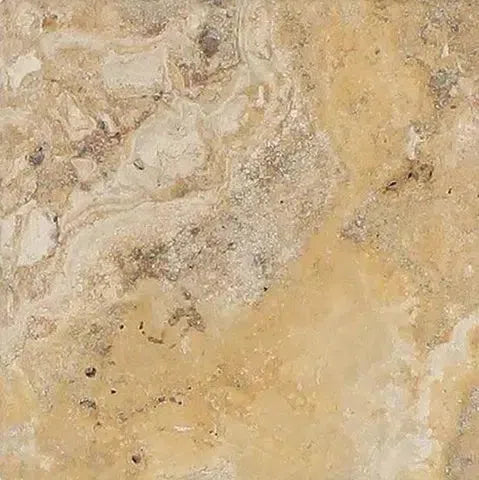 Valencia Travertine
Valencia Travertine Valerenga Travertine
Valerenga Travertine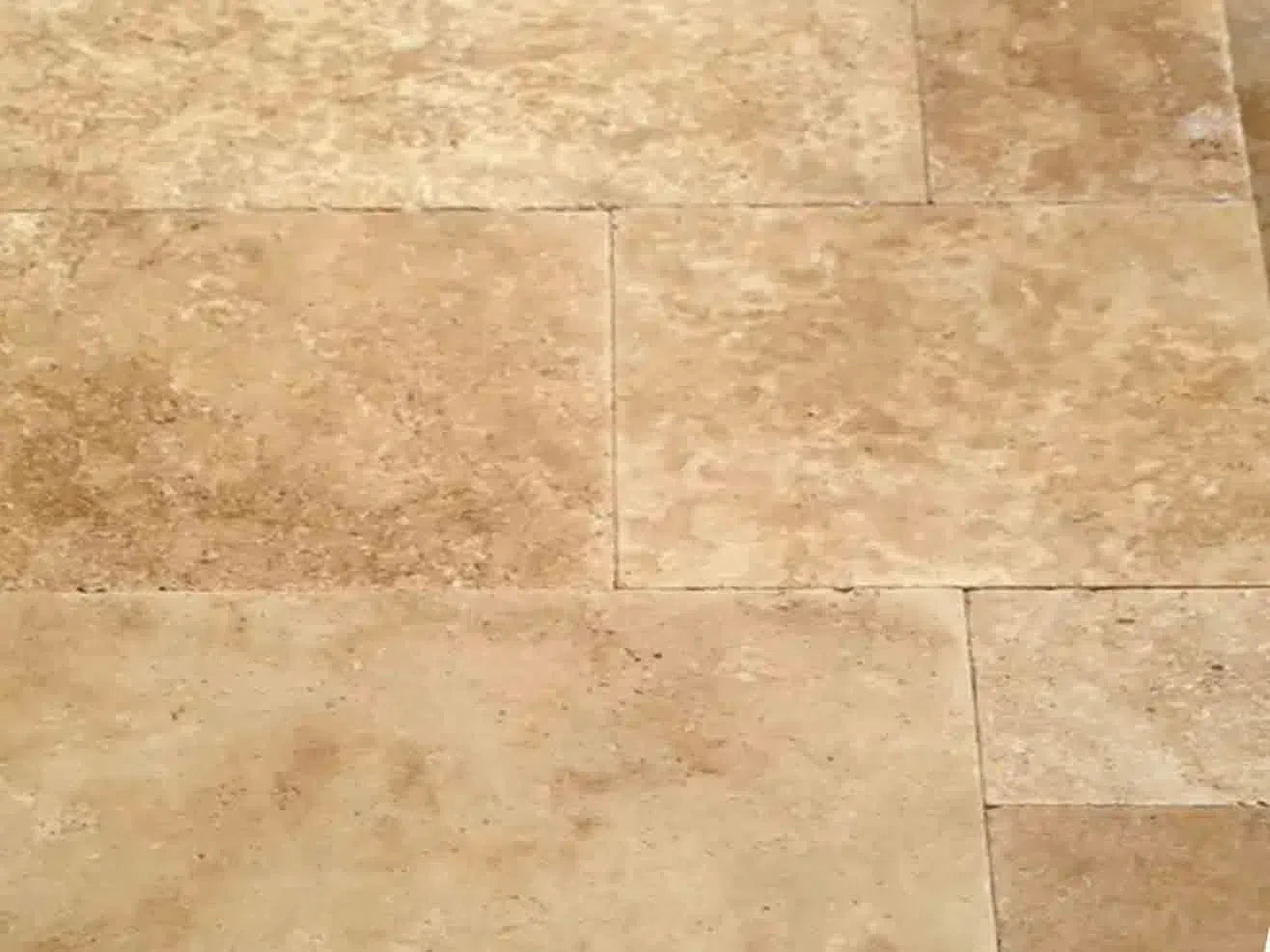 Walnut Travertine
Walnut Travertine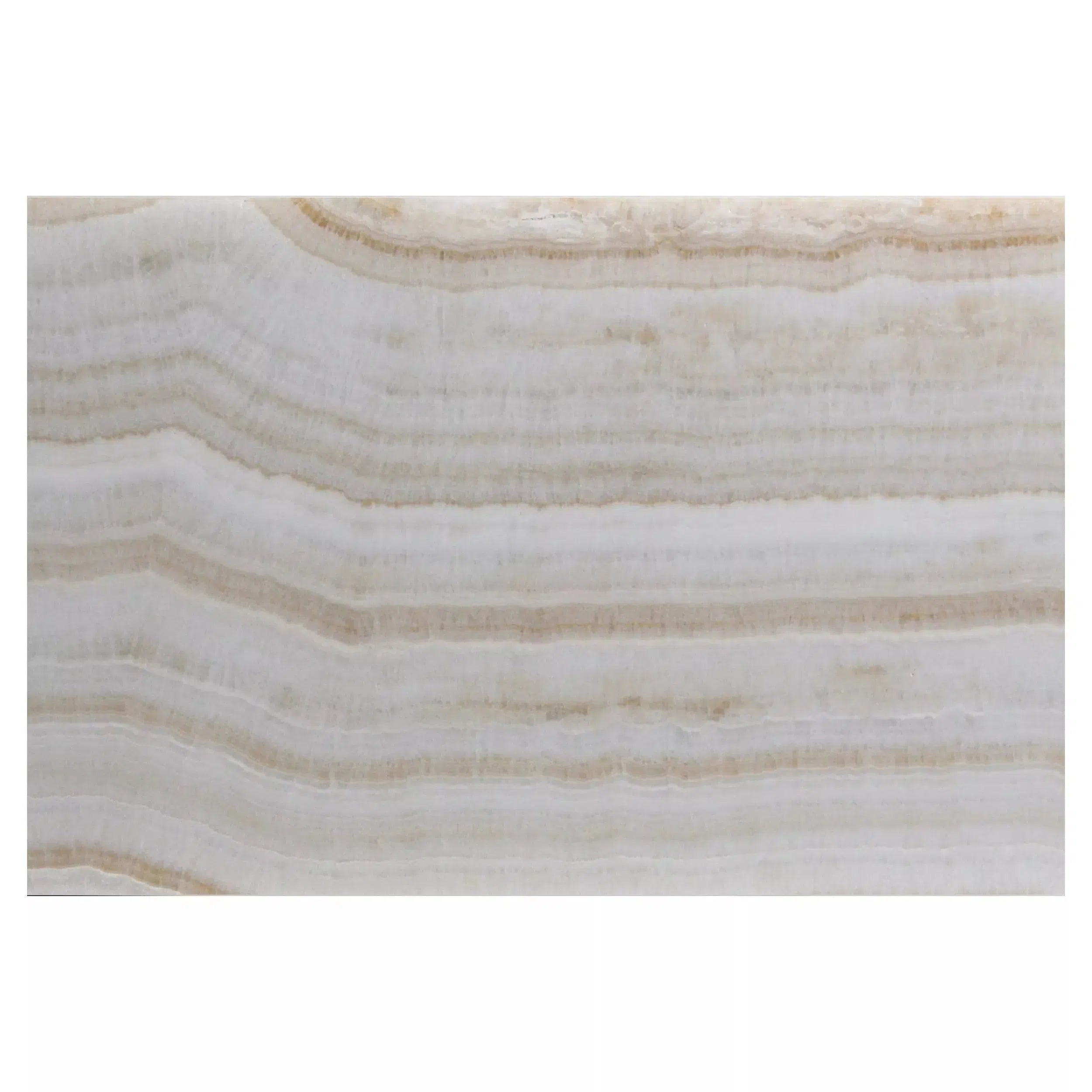 White Onyx Marble
White Onyx Marble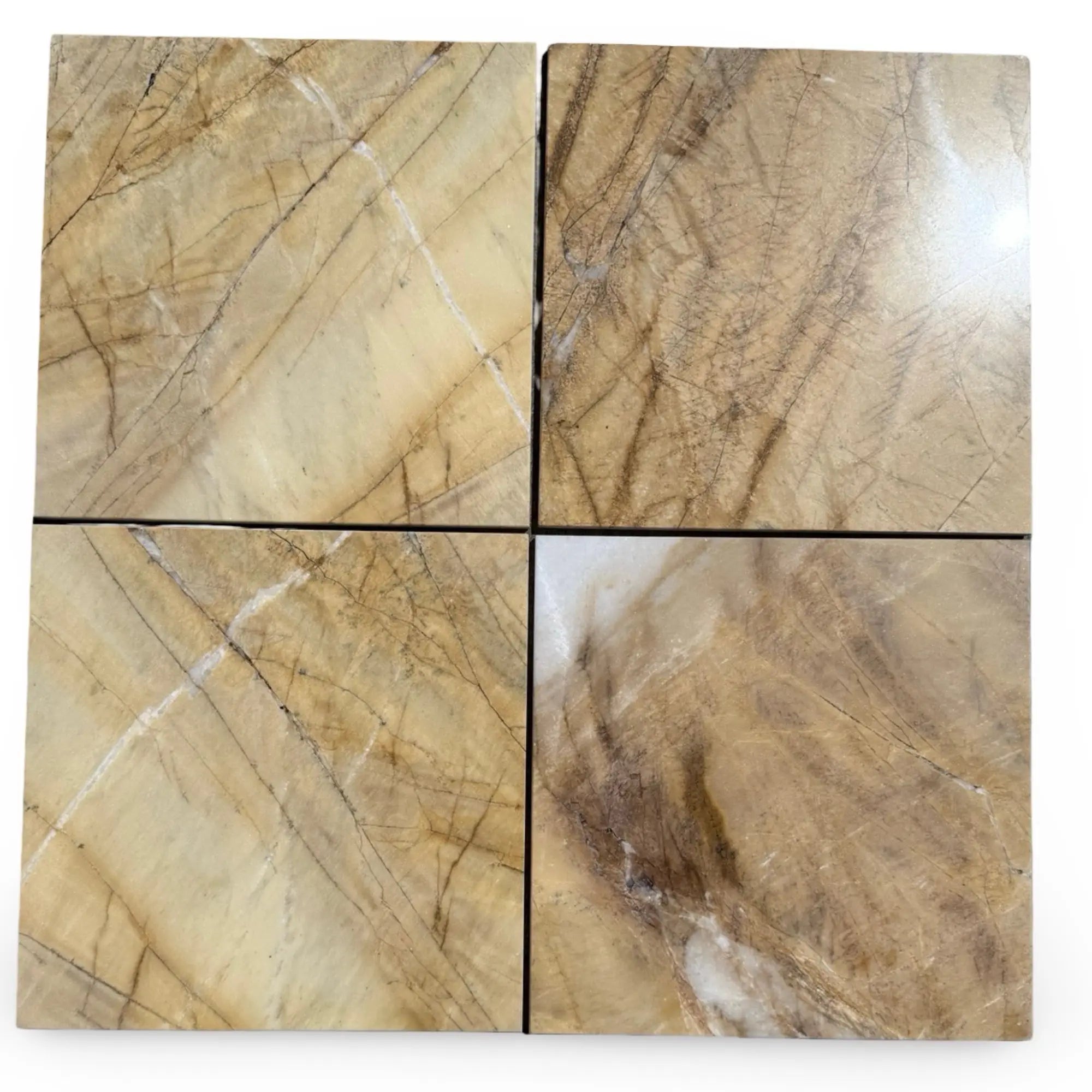 Golden Horizon Marble
Golden Horizon Marble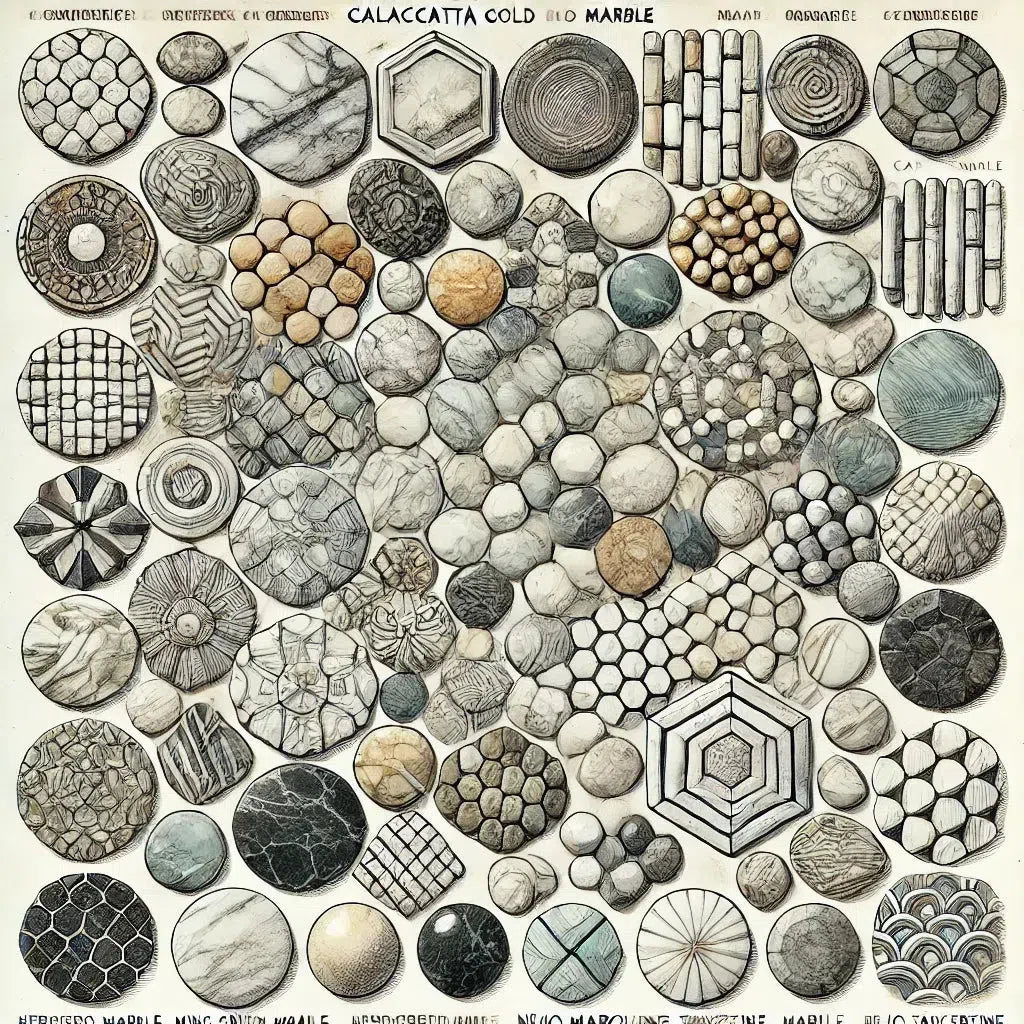 Shop By Type
Shop By Type
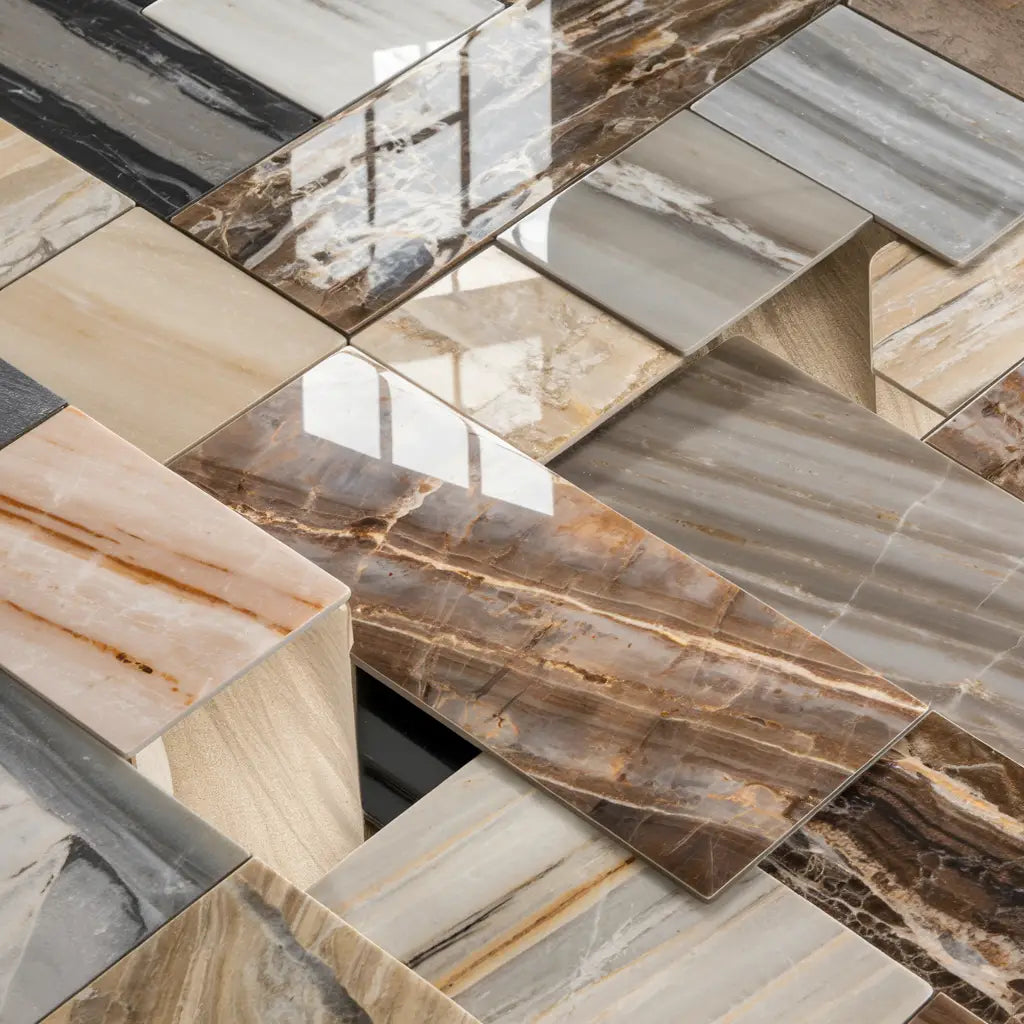 Marble Tiles
Marble Tiles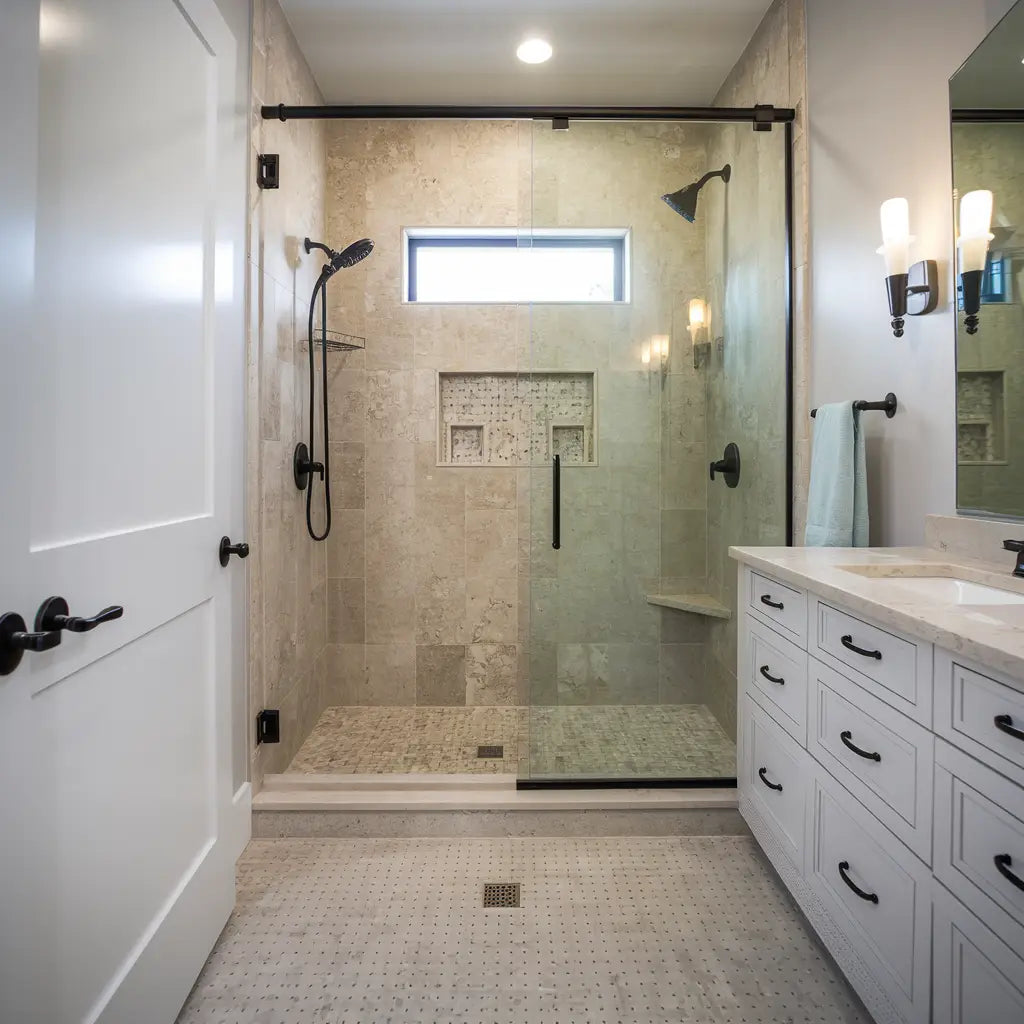 Marble Mosaic
Marble Mosaic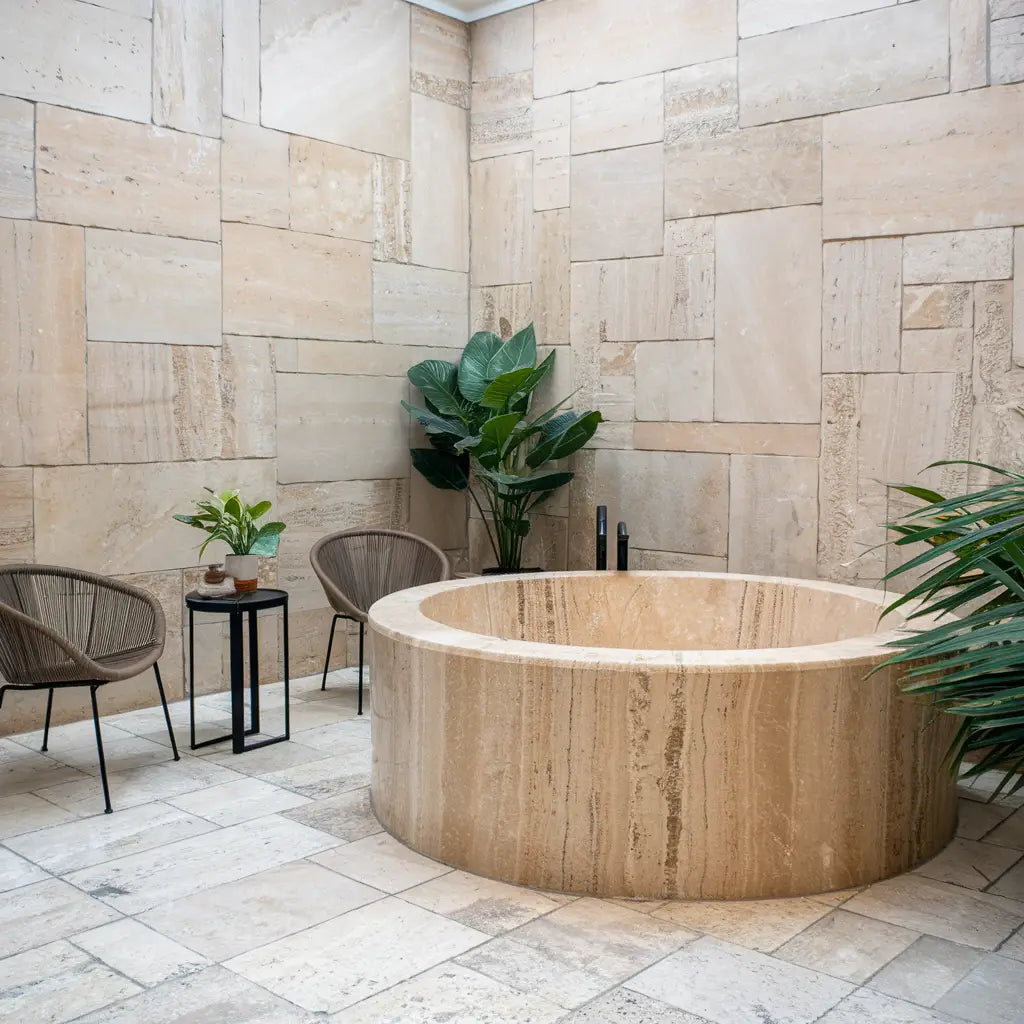 Travertine Tiles
Travertine Tiles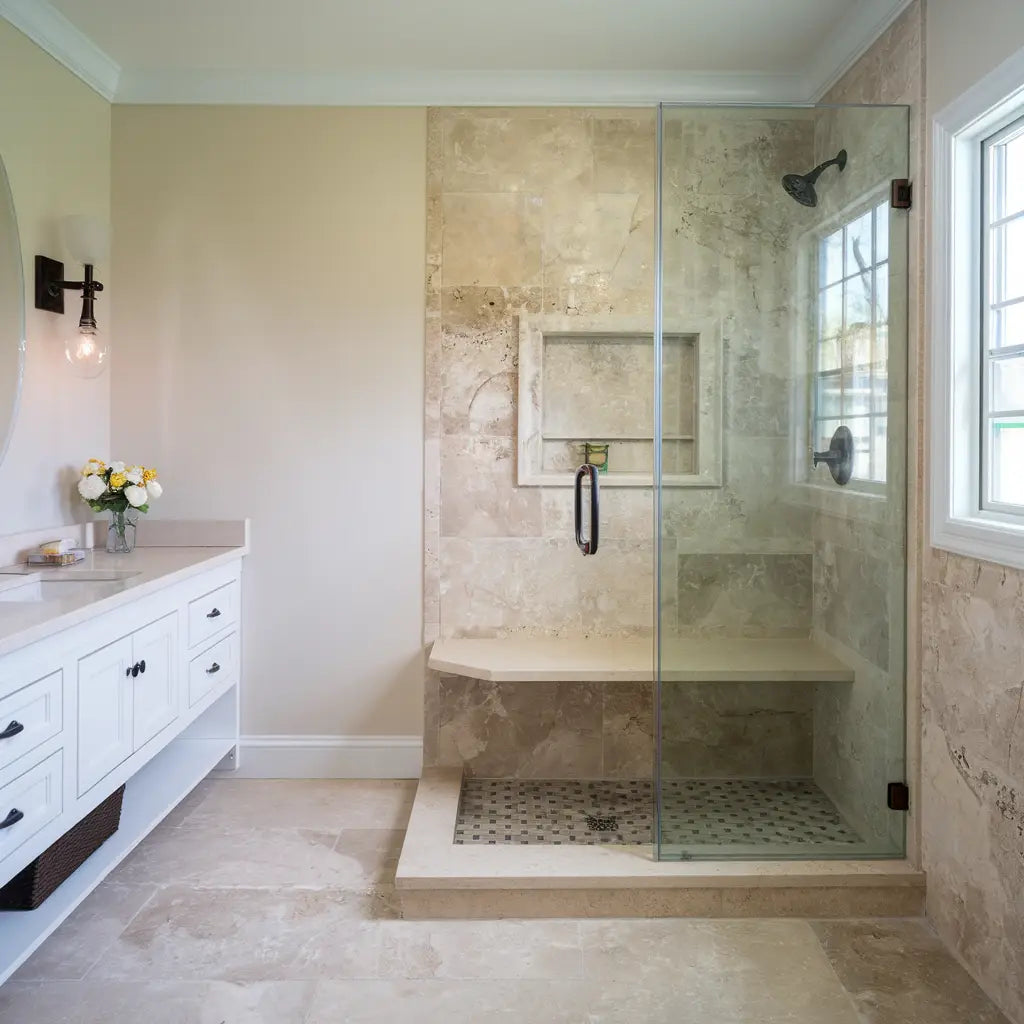 Travertine Mosaic
Travertine Mosaic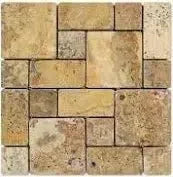 4 pcs Versailles Pattern / French Pattern Set
4 pcs Versailles Pattern / French Pattern Set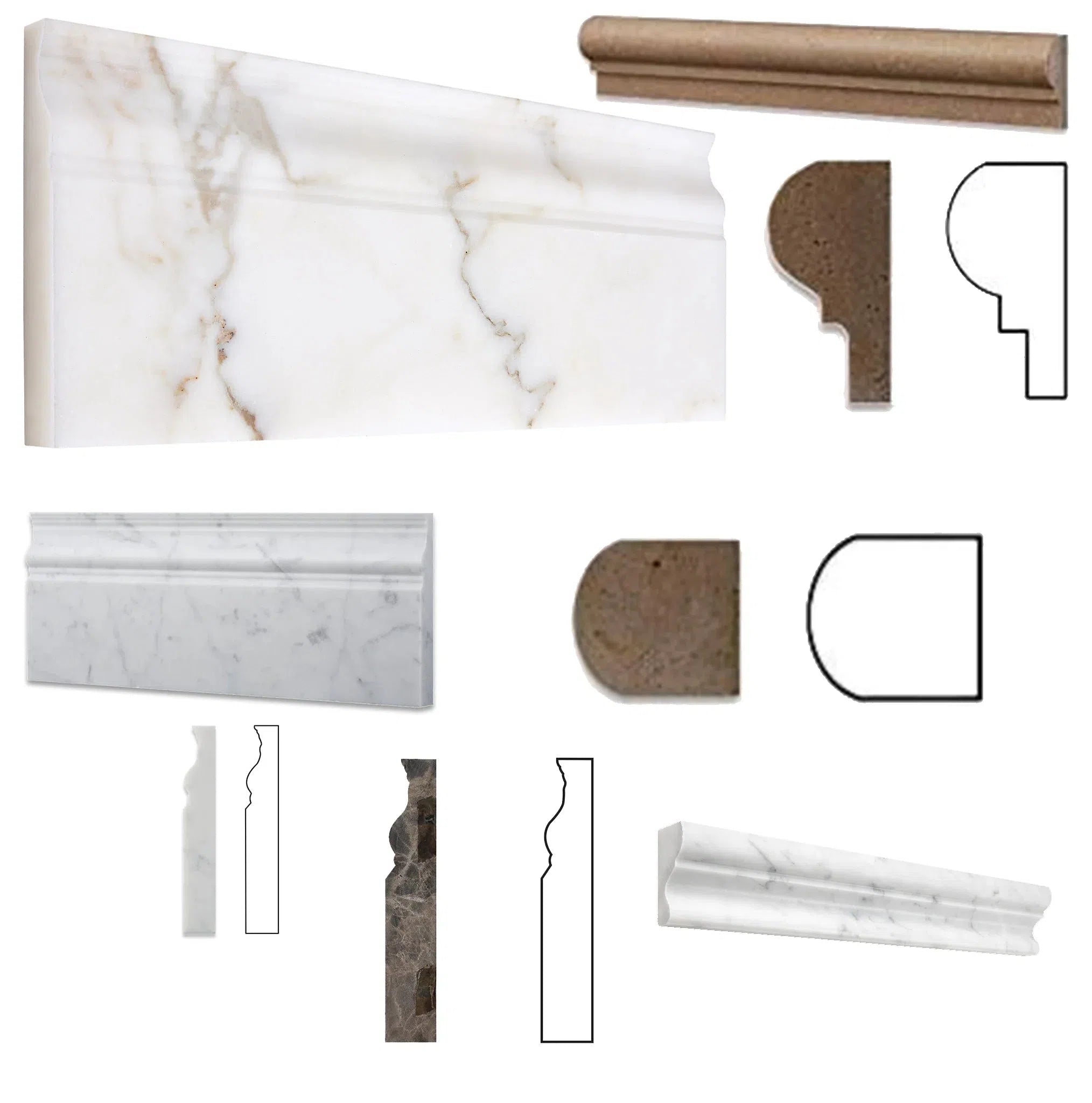 Molding/Trim
Molding/Trim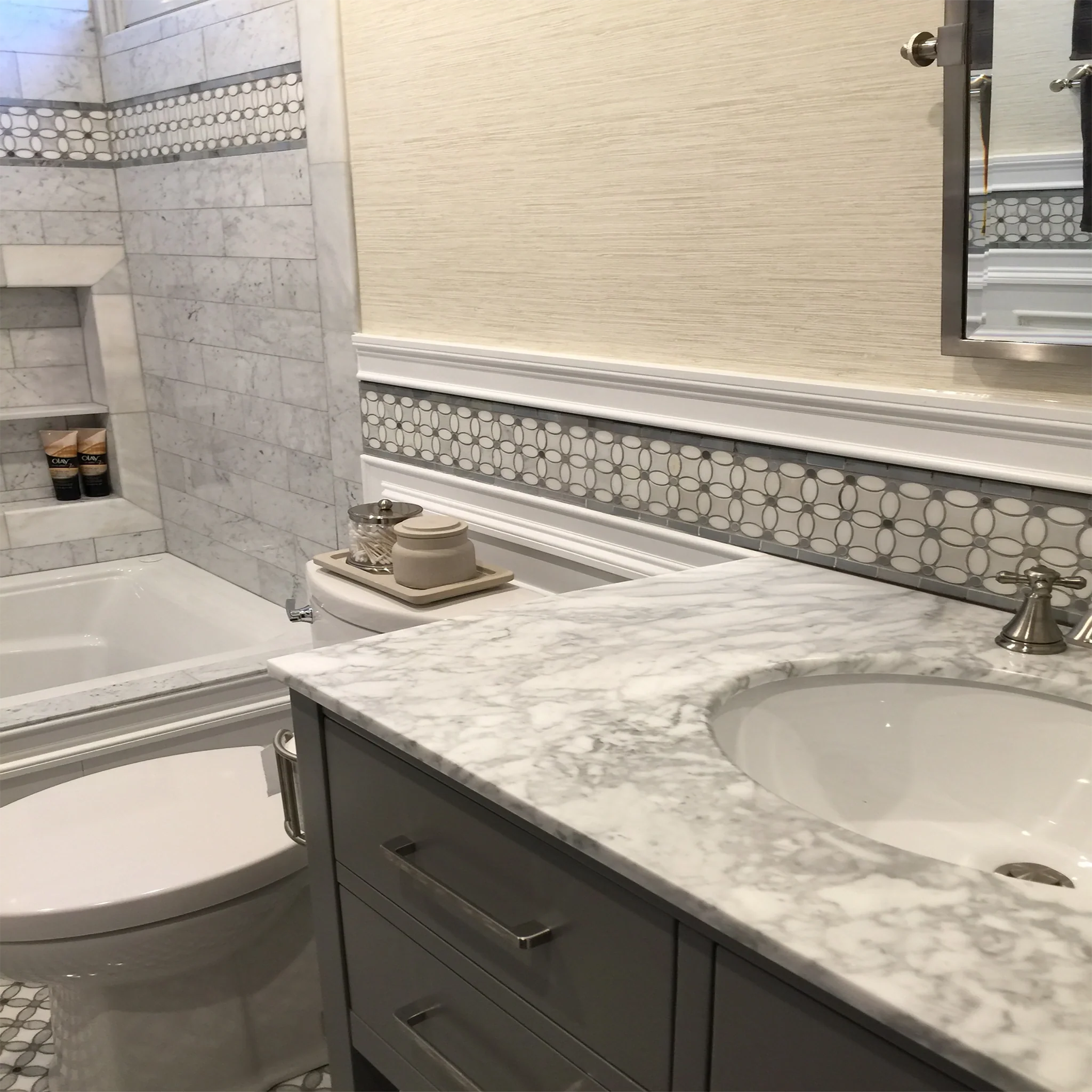 Border/Listello
Border/Listello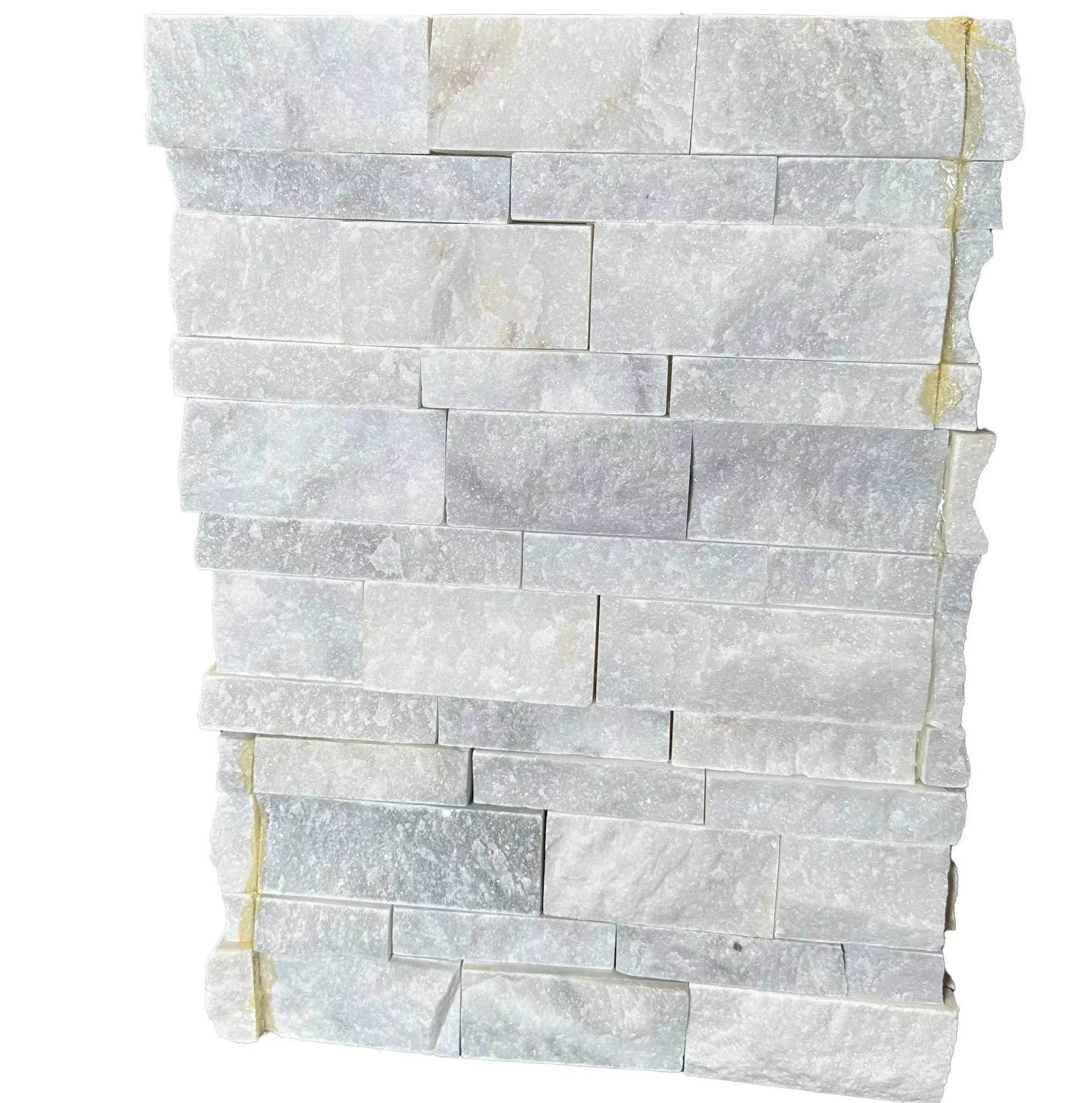 Ledger-Panel
Ledger-Panel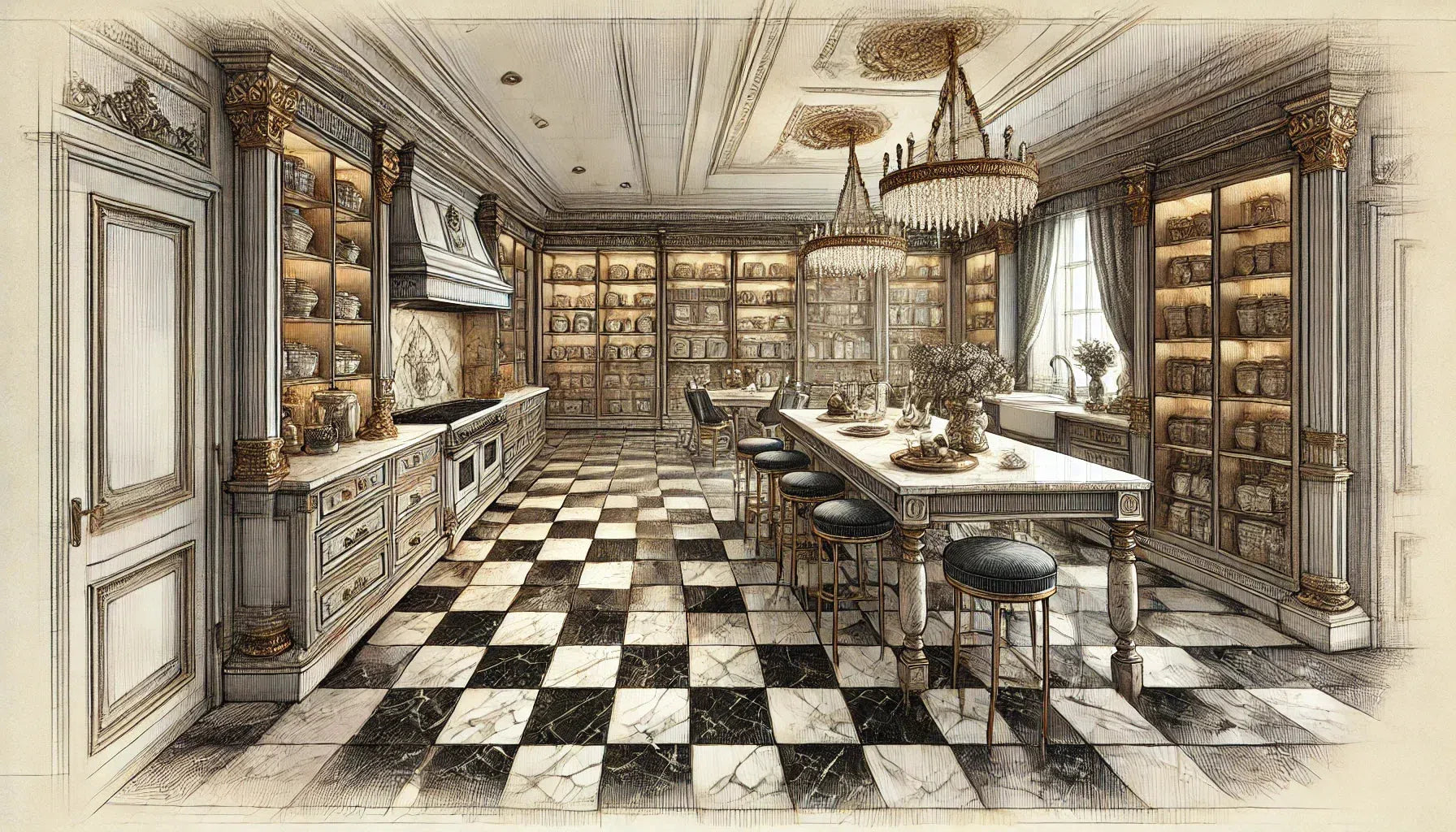 Checkerboard
Checkerboard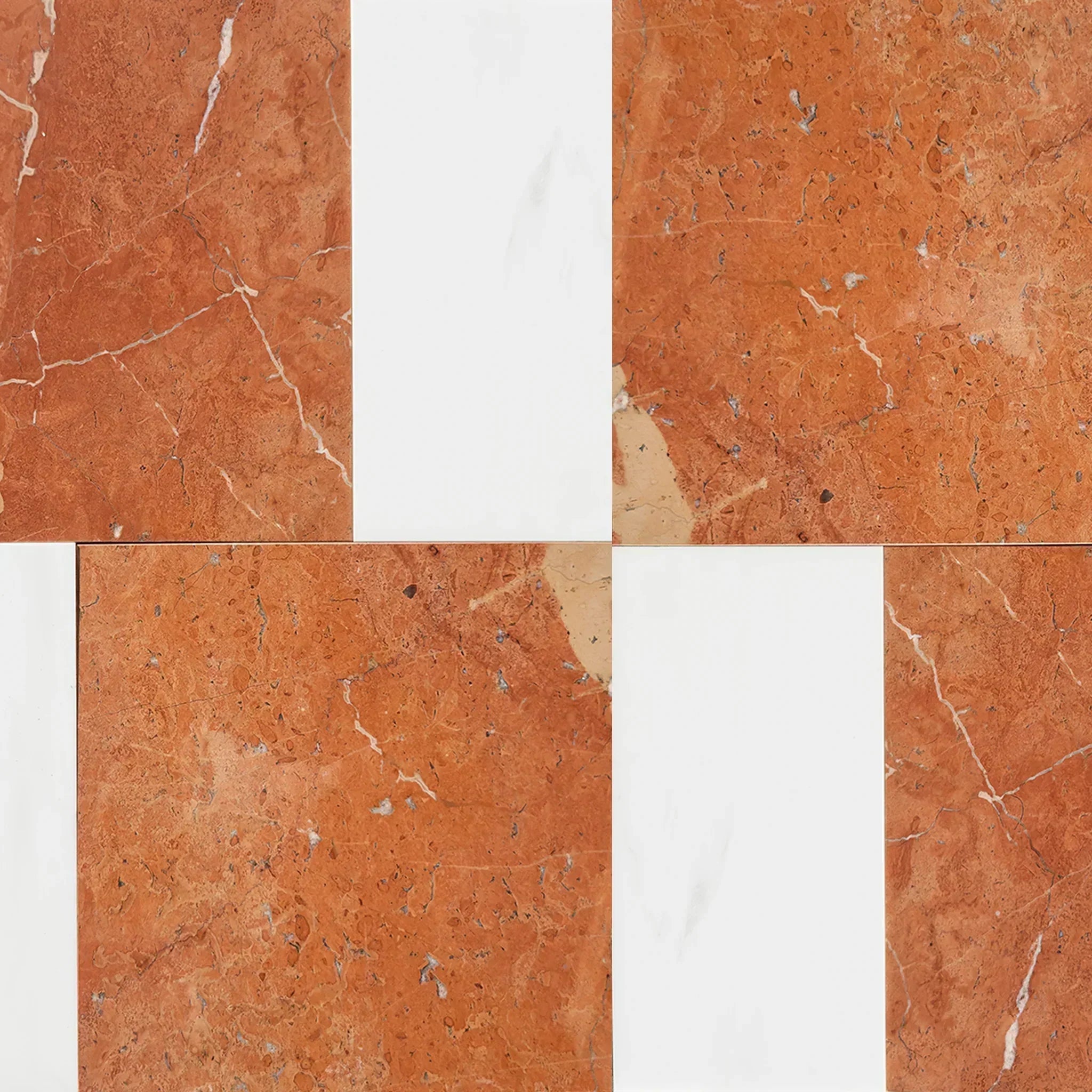 Patterned Tile Collection
Patterned Tile Collection 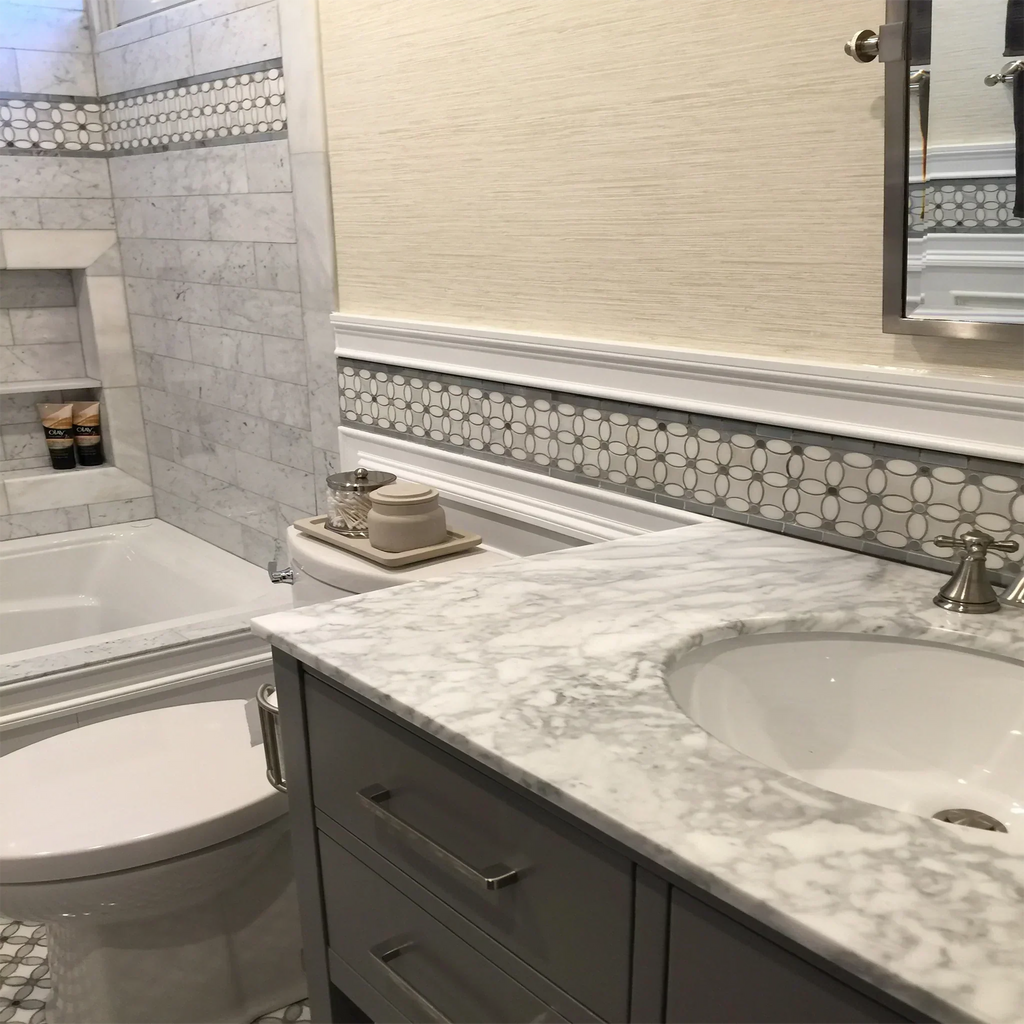 Shop By Finish
Shop By Finish
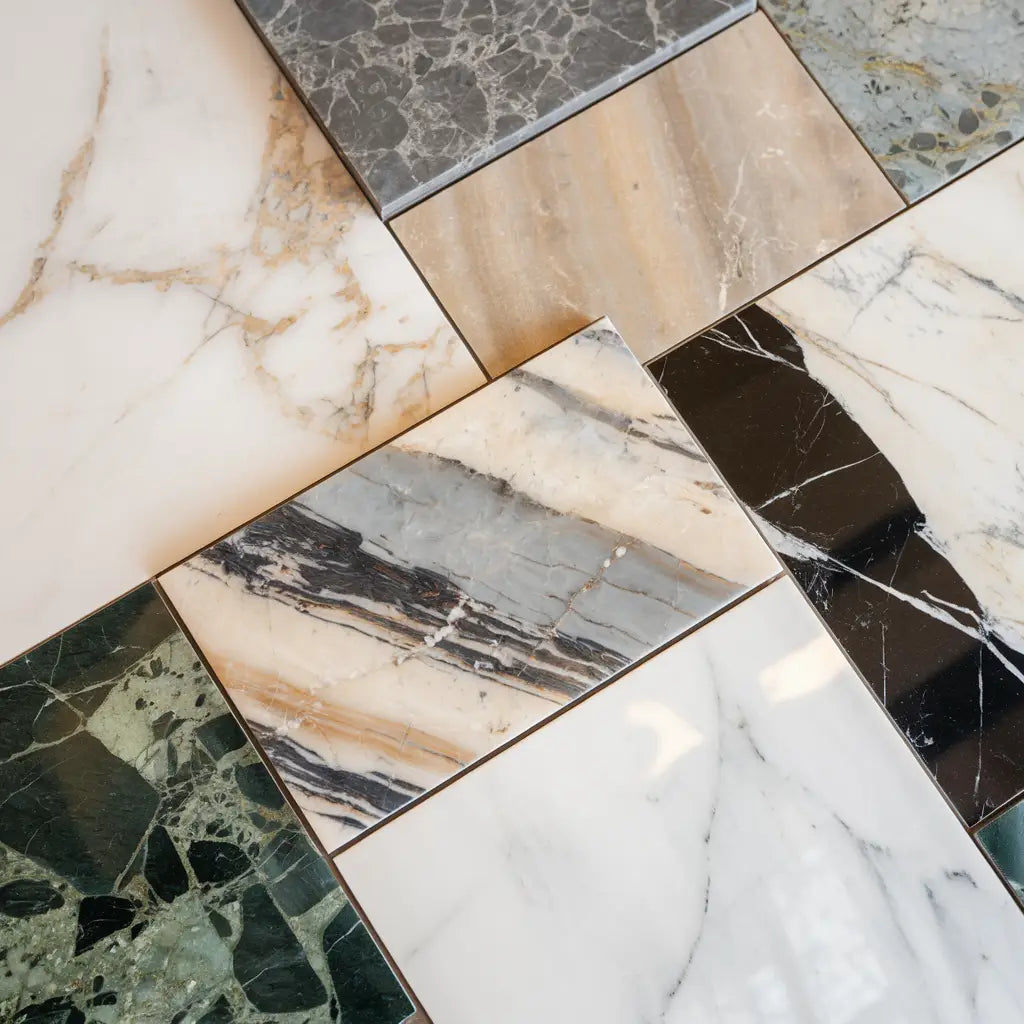 Polished
Polished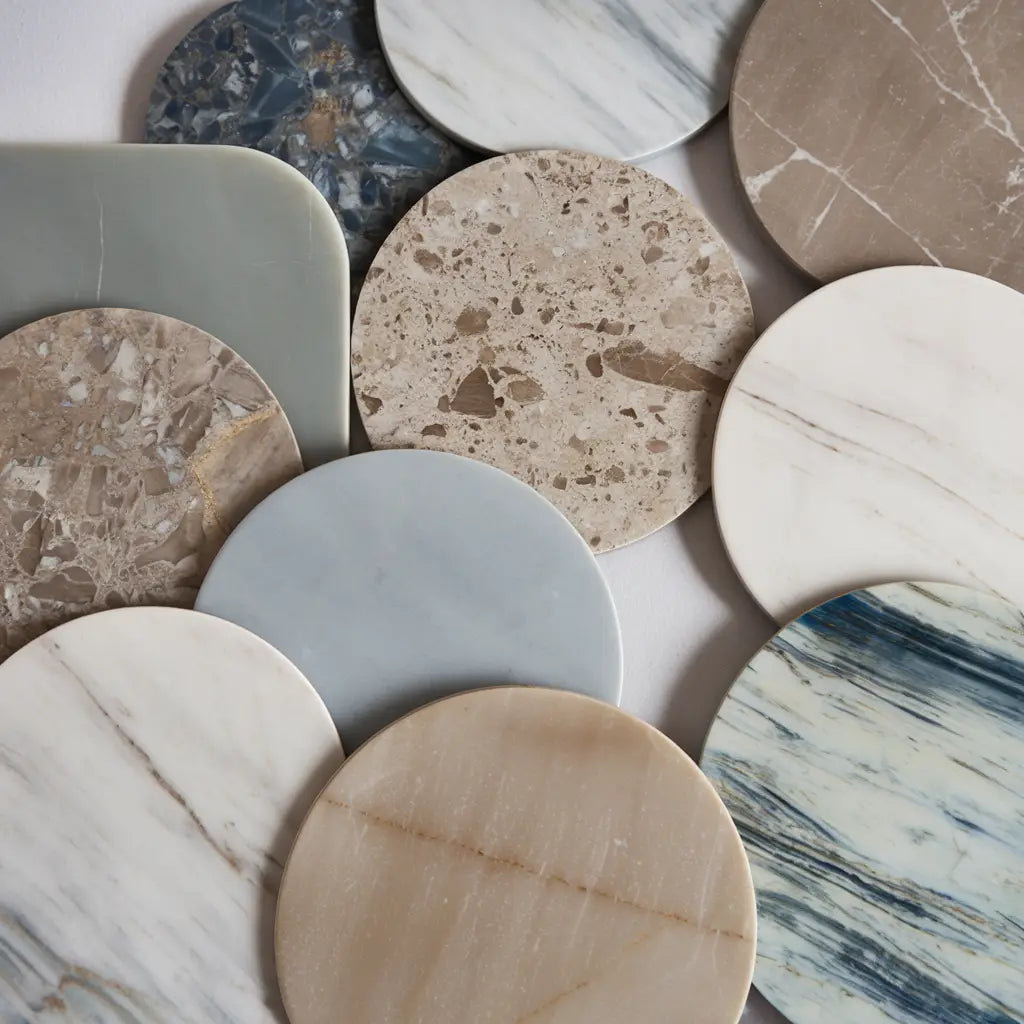 Honed
Honed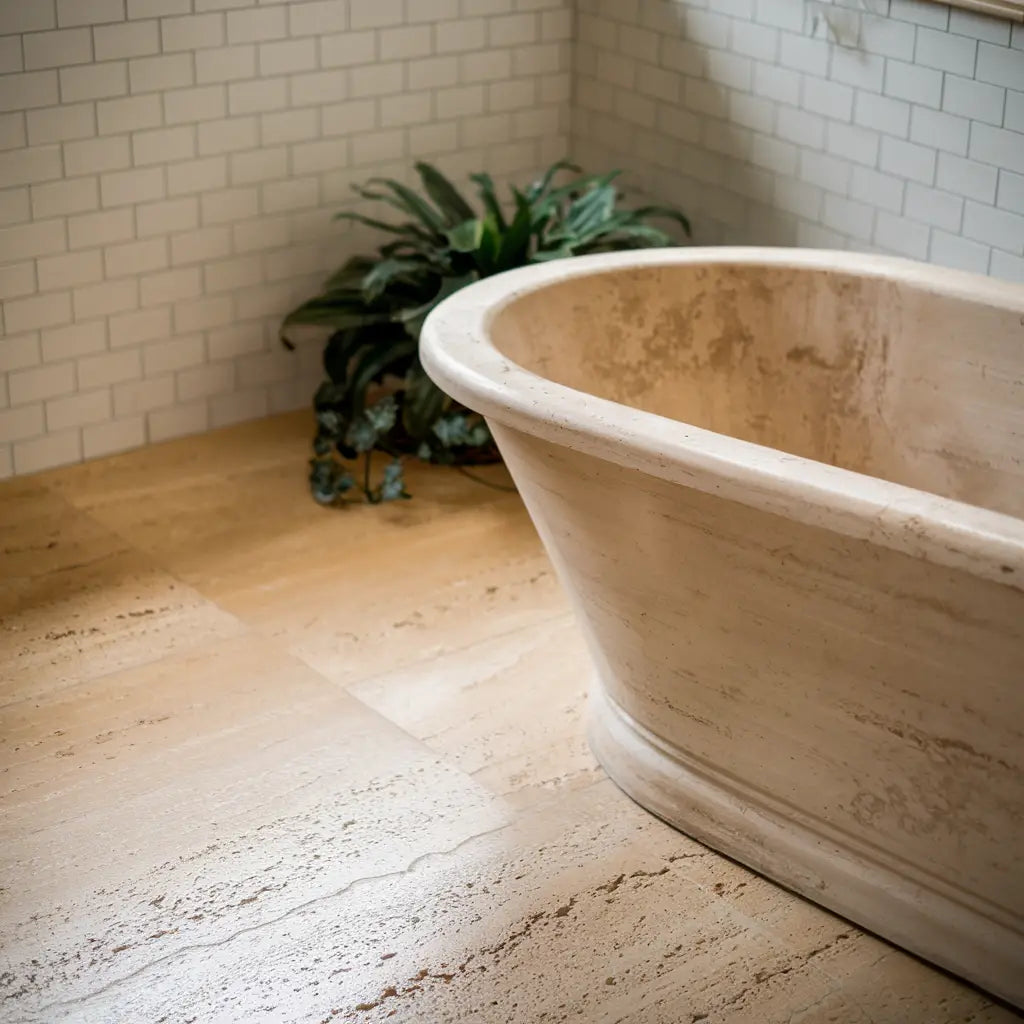 Brushed
Brushed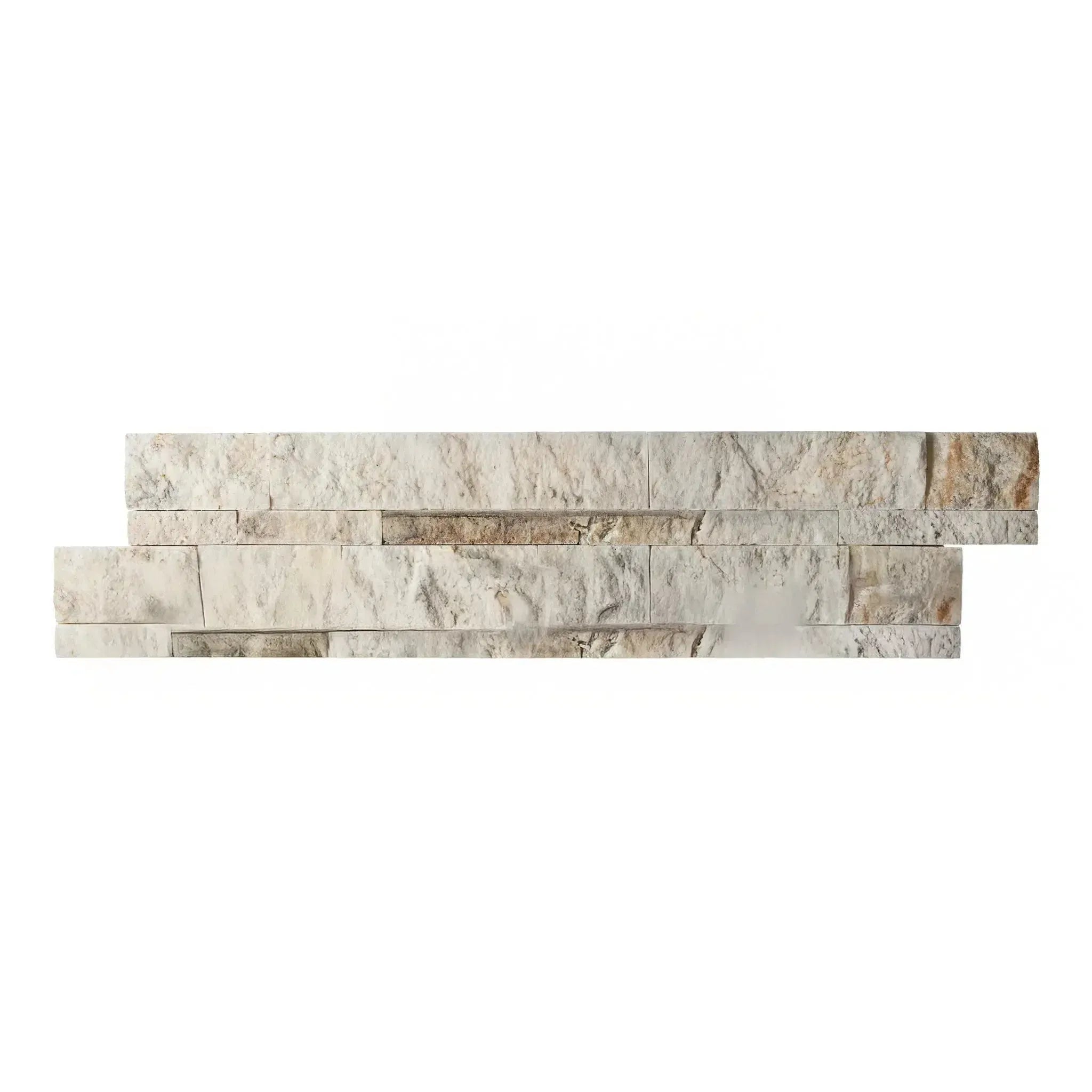 Split Face
Split Face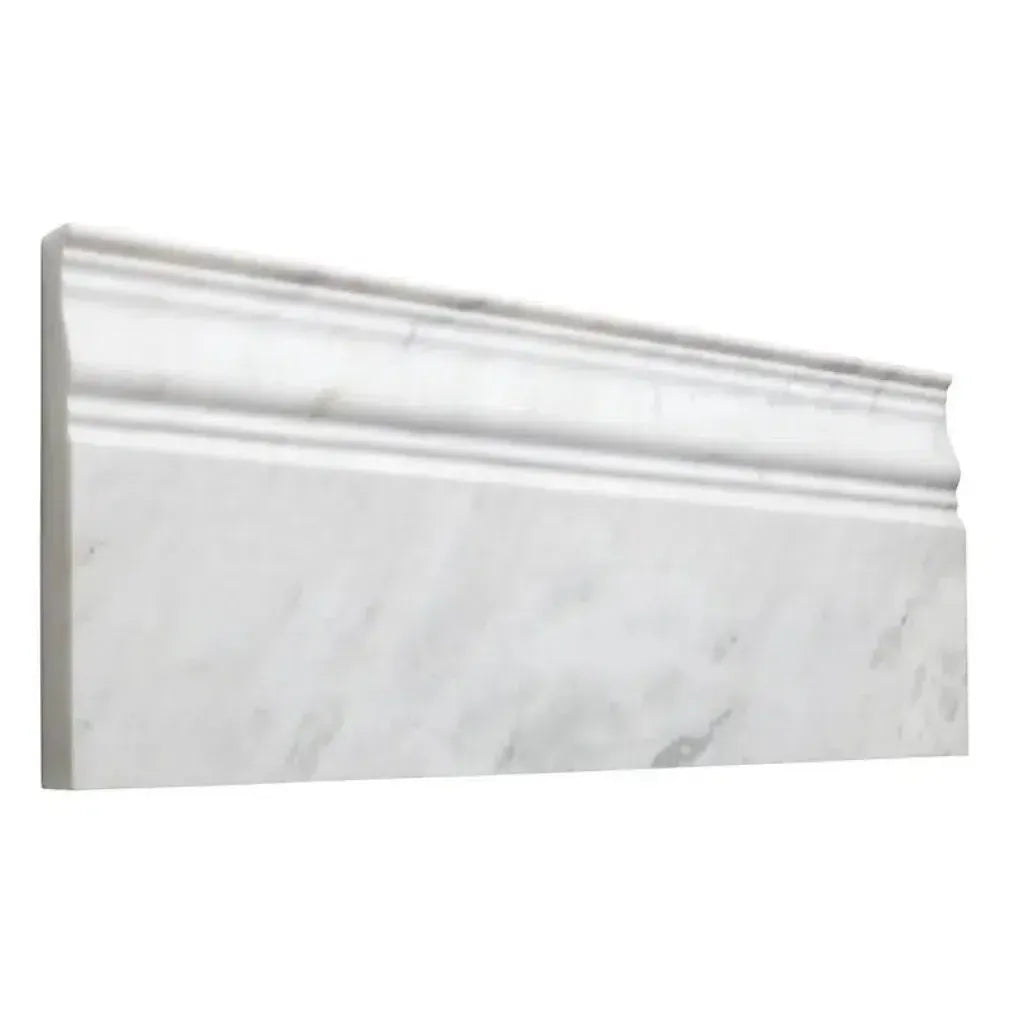 Textured
Textured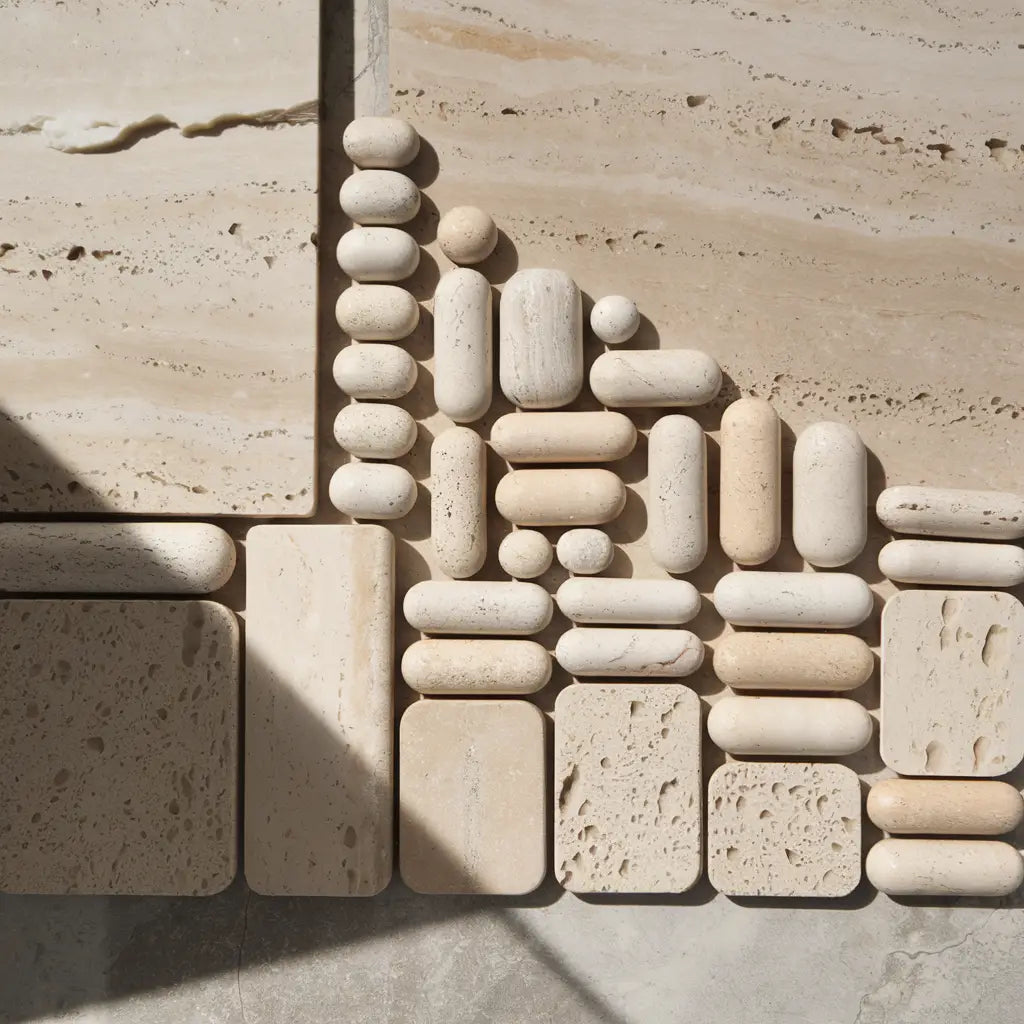 Tumbled
Tumbled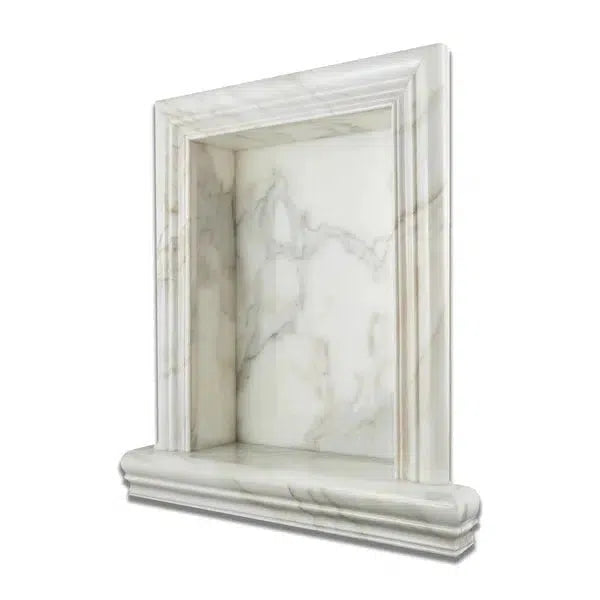 Accessories
Accessories
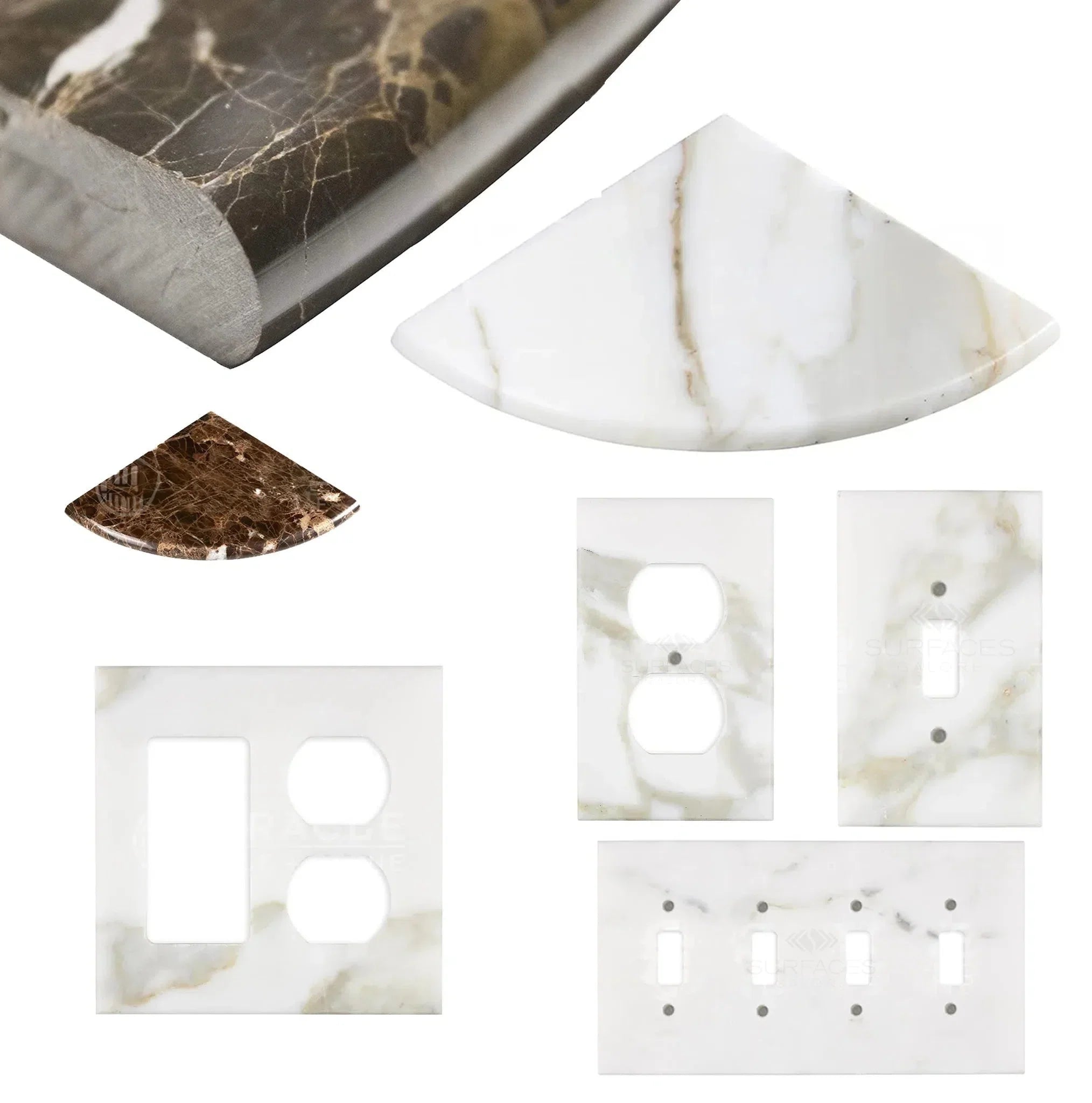 Wall Plate / Switch Plate
Wall Plate / Switch Plate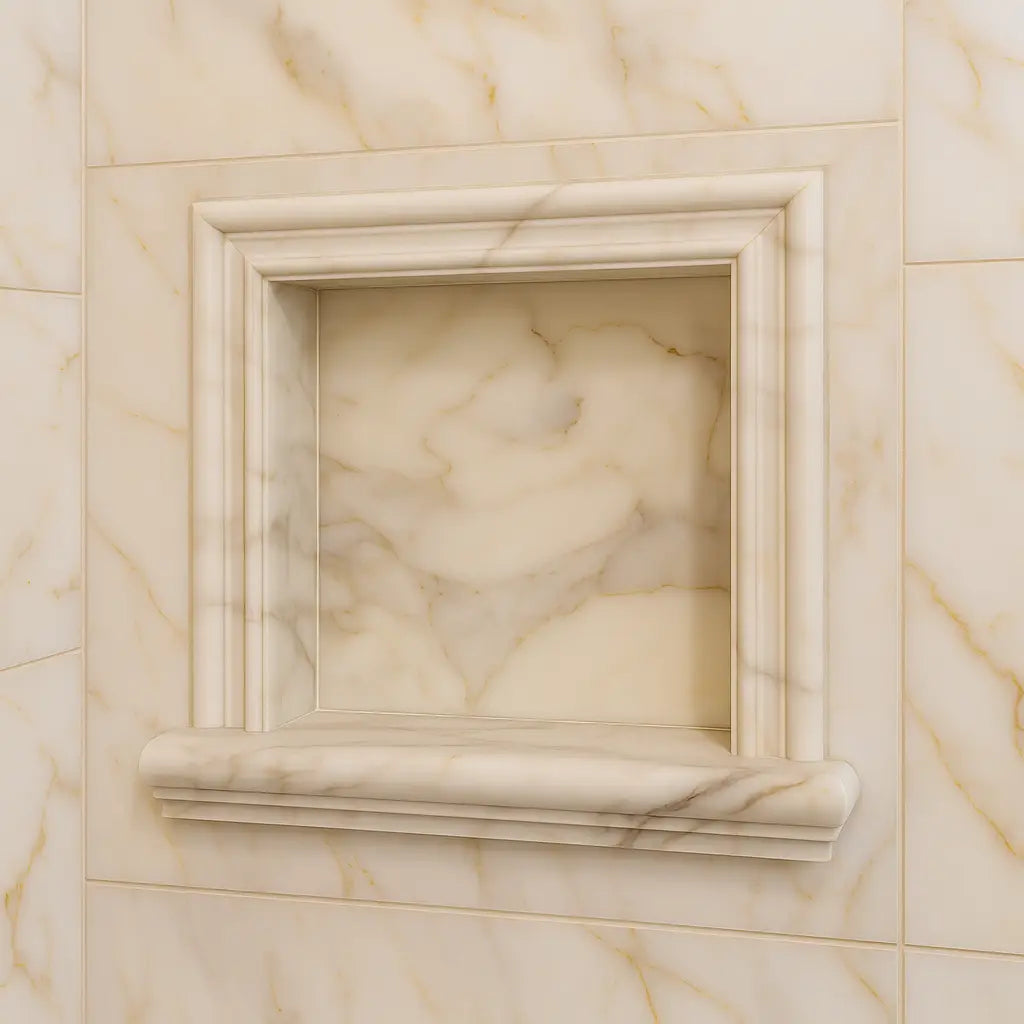 Shampoo Niche
Shampoo Niche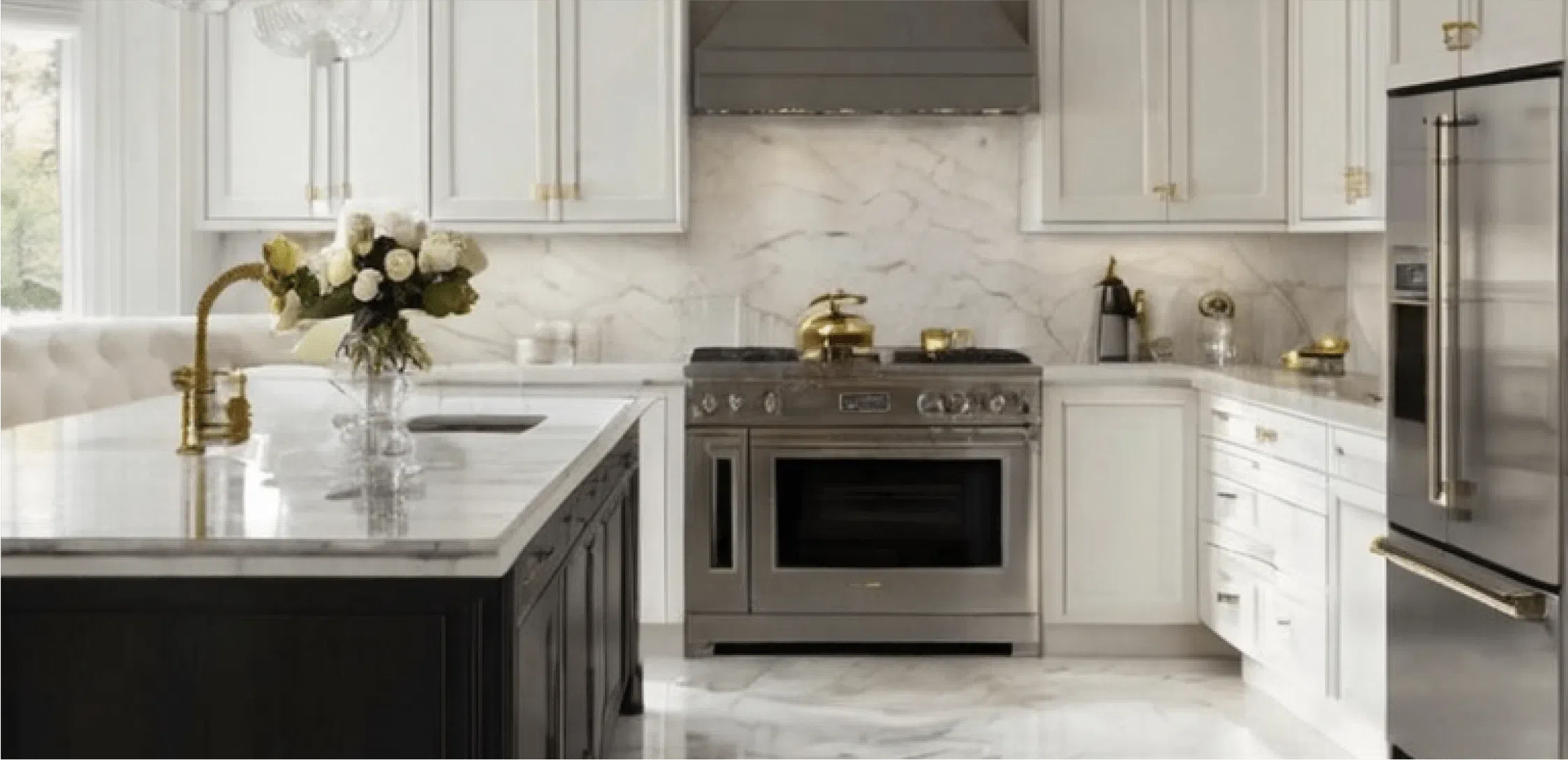 Corner Shelf
Corner Shelf Clearance
Clearance





Leave a comment